Temperature is the most important factor in rapid freezer! Explanation of each freezing, storage, and thawing process

- What is rapid freezer? !
- What is the temperature when freezing in rapid freezer?
- What is the temperature of food that can be placed in rapid freezer?
- How do I store it?
- What are the benefits?
If you are a food business, do you have questions like these?
In recent years, inquiries about rapid freezer have been increasing, but we must not ignore the fact that there are cases where the optimal model has not been selected or cases where the machine is not being used properly even after it has been installed.
In order for our readers to avoid this kind of situation, it is effective for those considering it to solve the above questions themselves and become as familiar with rapid freezer as possible.
Therefore, this time, our company, which is a top manufacturer of rapid freezer and has a track record of over 20,000 consultations, will explain in detail the importance of temperature in order to properly select and operate rapid freezer.
- I would like to have a deeper understanding of the mechanism of rapid freezing.
- I would like to know the theoretical points to consider when choosing rapid freezer
- I want to know the key points when operating rapid freezer
I will explain it so that I can respond to your voice.
Although the content is more technical/practical than previous articles about rapid freezer, we will explain the process of rapid freezer from start to finish in an easy-to-understand manner.
目次
- 1When it comes to rapid freezing, pay attention not only to “speed” but also to “temperature”!
- 2 [Freezing] rapid freezer are overwhelmingly “low temperature” and “fast”!
- 3 [Storage] rapid freezer allow for overwhelmingly long-term storage!
- 4 [Defrosting] When choosing rapid freezer, consider the thawing temperature
- 5 Summary
When it comes to rapid freezing, pay attention not only to “speed” but also to “temperature”!
First, let's check the definition of rapid freezing.
`` rapid freezing is a freezing method that allows food to pass through a temperature range of -1℃ to -5℃ within 30 minutes, where the water in the food freezes.''
The freezing speed is fast and the water in the food can quickly pass through the freezing temperature range, making it possible to suppress the growth of ice crystals and prevent cell destruction. Since it does not destroy food cells, freshness, flavor, and texture are maintained, and the taste and quality before freezing can be recreated when thawed.
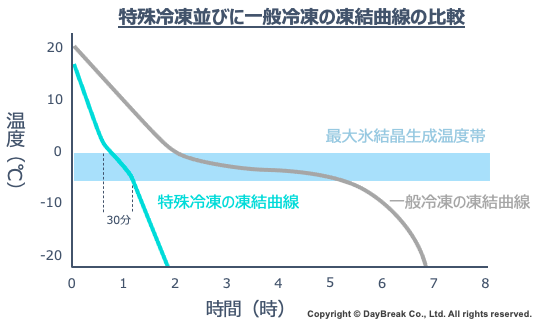
As for the types,
・ Air freezing: Freeze food by exposing it to cold air. Sometimes called a blast chiller (*1).
・ Liquid freezing: Vacuum-packed food is soaked in alcohol and frozen.
*1: The original blast chiller refers to a cooler with a "pre-cooling" function, which also cools food by blowing cold air. rapid freezer also function as blast chillers, so the term also refers to air freezing.
Since different types are suitable for different foods, it is necessary to accurately understand the characteristics of each type when selecting rapid freezer.
What characterizes rapid freezer is, as the word suggests, speed, but we should also pay attention to temperature, which cannot be seen from the definition!
There are three reasons for this.
・From freshly fried tonkatsu to sashimi! Can freeze food at any temperature
・Not only is it faster, but it also freezes at a lower temperature than regular slow freezing.
・By setting the storage temperature low, the shelf life can be dramatically extended.
Because there are definite benefits!
This will be explained in detail below in the order of freezing → storage → thawing.
In fact, at this point, the difference between rapid freezer and regular freezers becomes apparent.
In general freezers, "freezing" and "storage" can be considered the same process, but in rapid freezer, they need to be clearly separated.
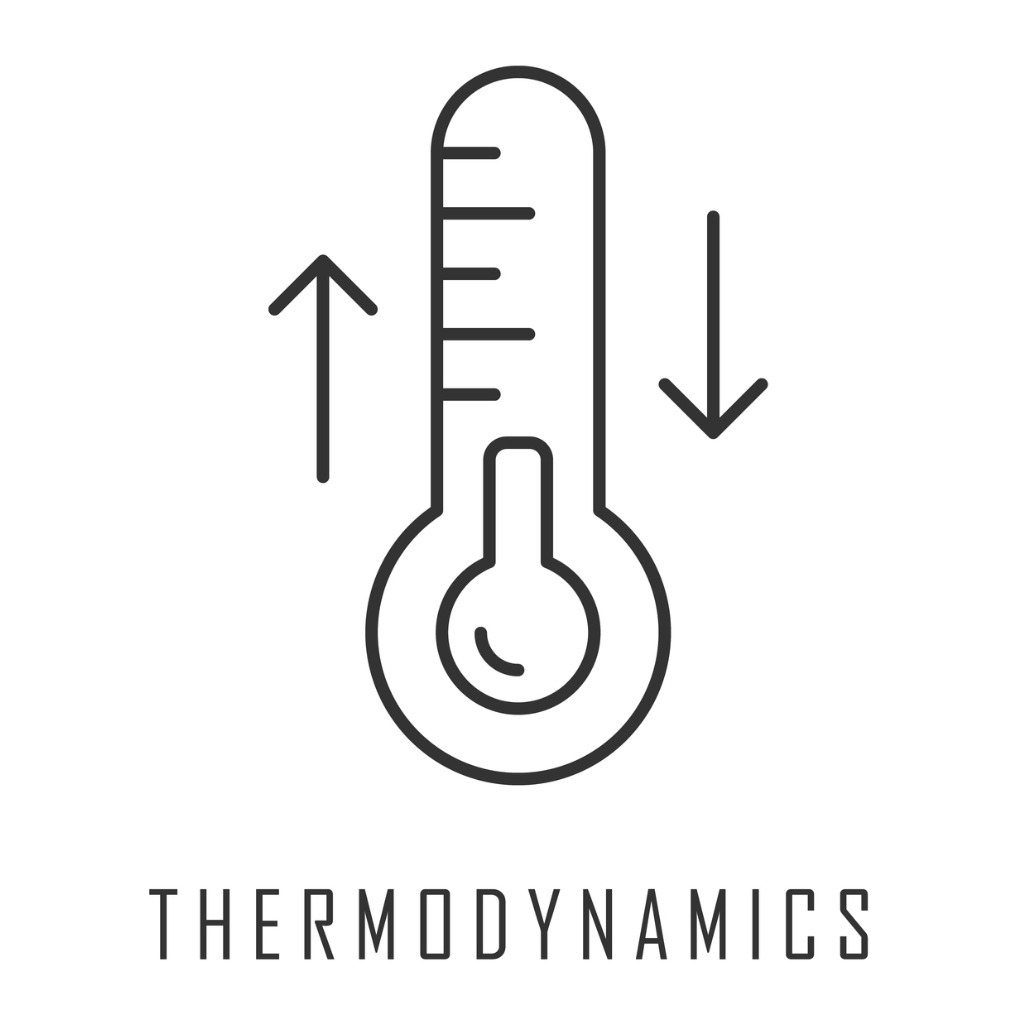
[Freezing] rapid freezer are overwhelmingly "low temperature" and "fast"!
Temperature of frozen food
If it is a regular slow-burning freezer, the food you put in it needs to be heated to a rough temperature.
However, if you use rapid freezer, you can leave it piping hot. All foods, from pork cutlets to sushi, can be frozen at the same temperature.
~minus 5°C
Everyone, don't you think that food is frozen from a temperature of 0°C?
In fact, this is incorrect; ice crystals form in the temperature range of -1°C to -5°C. This is called the "maximum ice crystal formation temperature range."
In a regular freezer, the food will go through this temperature range for many hours. On the other hand, rapid freezer goes through this process in less than 30 minutes!
The overall time required for freezing depends on the model and the ingredients, but in some cases, food can be frozen 20 times more efficiently than slow freezing. The reason why this is a good thing is that the size of the ice crystals that are produced changes dramatically.
As you can see from the diagram below, a regular freezer produces large ice crystals that destroy cell membranes. As a result, a liquid called drip that contains a lot of flavor and nutrients leaks out.
On the other hand, it can be seen that rapid freezer produces small ice crystals and freezes the cells without destroying the cell membrane. As a result, the drip will not leak and will stay fresh.
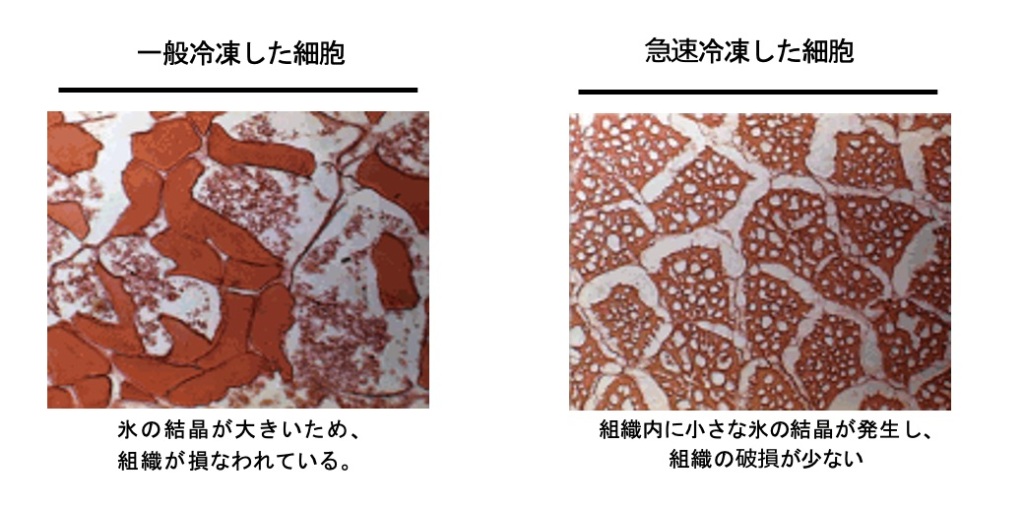
In this way, there is a clear difference in the quality of freezing depending on the speed at which it passes through the temperature range.
-5°C to -18°C
The temperature of minus 18°C is very important, so please pay attention to it. This is because the activity of bacteria (microorganisms) stops at -18°C.
In the first place, bacterial growth is a major factor in food deterioration. Stopping bacterial activity prevents proliferation and prevents deterioration.
Please note that "stopping activity" is different from "dead". Unfortunately, while freezing kills some bacteria, many simply become inactive.
When you thaw it, it resumes its activity (it's like pressing the pause button on bacteria). Therefore, "freezing = sterilization" cannot be used. In other words, please note that it is a prerequisite that the food is hygienic even before freezing.
-18°C~
The temperature range of each freezer differs as follows.
General freezer (home use): -20°C
General freezer (commercial use): -20°C
rapid freezer: minus 30~40°C
Have you ever wondered, ``If the temperature is lower than -18°C, isn't -20°C enough?Is it necessary to cool it down to -30~40°C?''
In fact, it's not just that the temperature needs to be below -18°C; in order to maintain quality, it needs to be cooled to a temperature range of -30~40°C!
The reason for this will be explained in detail below along with the storage process.
[Storage] rapid freezer can be stored for an overwhelmingly long time!
The answer to the question "Why can't I use a regular freezer with a temperature of -20°C? What does it mean to use rapid freezer to cool things down to a temperature range of -30 to 40°C?" Below is the answer to the question.
- The lower the temperature during storage, the longer it can be stored.
- With rapid freezer, the temperature fluctuations are small and prevent deterioration.
This is because the above two principles are working!
About long-term storage
This may seem intuitive, but the lower the storage temperature, the more molecular movement can be suppressed and food deterioration can be prevented.
Bacteria are not the only factors contributing to food deterioration.
- Chemical reaction
- Enzyme action
- water transpiration
etc. can also be mentioned. ``There is no time to be careless at minus 18°C.''
Depending on the settings rapid freezer can lower the temperature to a minimum of -50°C, so it is highly recommended for those who are particular about the freshness of their food.
About temperature changes
In the case of a general freezer, "freezing" and "storage" are performed in the same freezer, so when you put food you want to freeze (above room temperature) into the freezer, the temperature of other stored food also changes. It will be raised.
As time passes, the temperature inside the refrigerator will drop again, but this will cause the temperature of many ingredients to rise or fall, leading to quality deterioration.
On the other hand, when actually operating rapid freezer, it is common to use rapid freezer for "freezing" and a separate stocker for "storage" to freeze large amounts of food in a short period of time.
Therefore, the stocker can only contain food whose temperature has been lowered to -30°C to 40°C, so the temperature of other food items is also kept low. Compared to slow freezing, rapid freezer can significantly reduce the timing of quality deterioration.
If you freeze it in rapid freezer, you can store it for several years if you stock it in the appropriate temperature range and storage method. In these times when demand is unstable due to the impact of the coronavirus pandemic, this is an increasingly clear benefit.
Both pears below were frozen at the same time, but the one on the right was stored properly, and the one on the left was stored incorrectly.
The left one has changed color after about a month, as shown in the photo, but the right one has maintained its beautiful color even after two years.
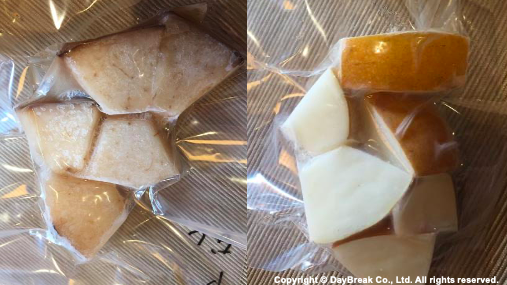
Did you understand that the introduction of rapid freezer has great advantages in terms of storage?
[Defrosting] When choosing rapid freezer, consider the thawing temperature
In order to actually use the stored ingredients, we need to thaw them.
It is true that if the product is frozen in rapid freezer and stored properly, the quality will be much better at this point, but if the product is not properly exited, the effectiveness will be halved.
Thawing is often overlooked more than freezing, but it is a very important step that involves complex temperature control and has a direct impact on quality.
However, there is no uniform method or time for thawing food frozen in rapid freezer.
Although it is possible to classify food into large food groups, the best thawing method, time, and temperature for your food will vary depending on the quality of the food and cooking method. In fact, this point is the key to choosing rapid freezer.
For example, an example of thawing methods for each food category is as follows.
Leafy vegetables/fruits: Eat frozen or cook as is
Starch: Defrost by heating (defrost in a hot water bath or in the microwave)
Meat/Fish: Thaw in the refrigerator (as slowly as possible)
In addition, we will give examples of specific food names and thawing methods, but please remember that these are just examples and should be adjusted depending on the case. Once you know the temperature range and understand the appropriate thawing method, you can expect great results, so all you have to do is put it into practice.
・For pork cutlet:
Defrosting naturally or in the microwave will cause the batter to flex and reduce the quality of the fried food, so thawing in the oven is preferable.
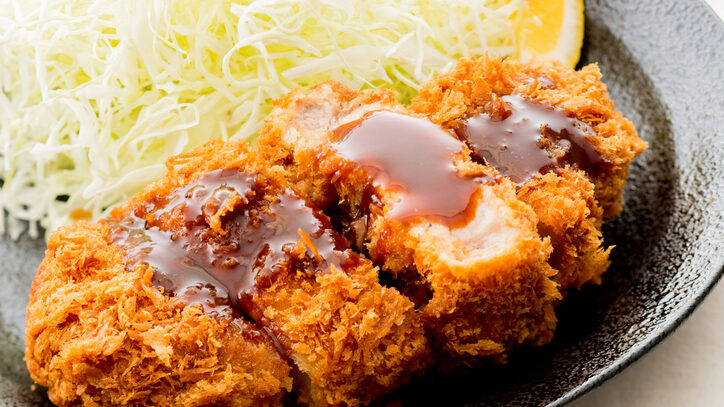
・For sushi:
The appropriate thawing method is different for sushi and neta. It is said that sushi is best at around 40°C, which is the human temperature, but if the temperature exceeds 10°C to 15°C for toppings, the texture will be impaired. It is.
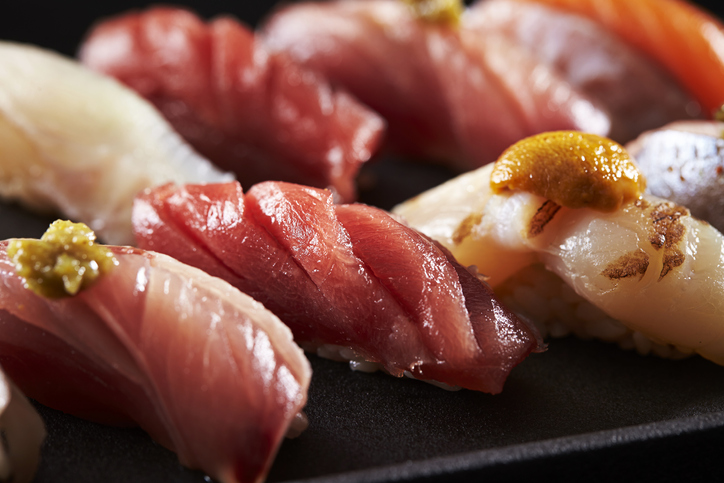
・For cake:
As the temperature gets higher, fat particles tend to stick together and become crumbly, so as a general rule, thaw at a low temperature. It is necessary to determine whether to thaw in the refrigerator or at room temperature, as it depends on the fine quality of the fresh cream.

・For bento:
In order to prevent the phenomenon of white waxing, which causes rice to become crumbly, it is extremely important to be able to pass through temperatures of -1°C to -5°C quickly during freezing and thawing. The optimal thawing method for each side dish and rice is different, so there are detailed methods such as ``defrosting naturally for 1 hour then heating it in the microwave for 30 seconds just before eating'' or ``warming it in the microwave according to the rice and thawing the side dish with the residual heat.'' Adjust according to the case.
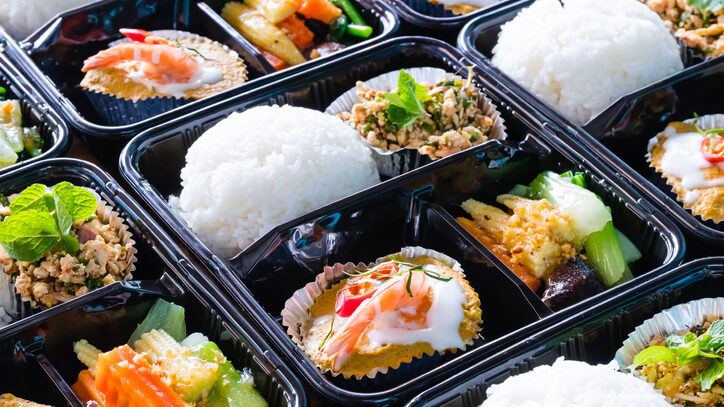
When introducing rapid freezer, unless the thawing method and time are clear, it will not be possible to plan specific operations after the introduction. In order to realize the customer's true goals, such as ``increasing profits'' and ``growing the business'' rather than ``freezing food'', it is best to have a plan that includes understanding the best thawing know-how.
In addition to proposing rapid freezer, we also offer advice on how to best use rapid freezer, temperature control methods, and thawing methods, as well as consulting on business operations and management. We will make proposals tailored to your case based on the know-how and database we have accumulated through over 20,000 consultations.
Conclusion

The points made so far are summarized below.
・The characteristics of rapid freezing are not only the “speed” of freezing, but also “Temperature” for freezing, storage, and thawing To be.
・For freezing, it quickly passes through temperatures of -1°C to -5°C without damaging cell membranes, and passes through -18°C to stop bacterial activity.
→The quality of ingredients can be dramatically improved. rapid freezer is 20 times faster than slow freezing!
・For storage, cool to below -30°C to suppress molecular activity
→ “Suppress the temperature rise and fall” long term storage "and" Prevention of deterioration” is possible. With rapid freezer, the temperature is extremely low and stable!
・For thawing, it is flexible to suit the ingredients and purpose. Discovering know-how” is important
→Know your knowledge of temperature ranges, try them out, and compare multiple machines and how to use them. How to choose rapid freezer Consider thawing You should put it in!
It will look like this. How was that?
We hope that we have been able to answer your question, "They say it's amazing, but why is rapid freezer good after all?"
When considering the introduction of rapid freezer, it is best to have a certain level of knowledge yourself. However, in our busy lives, it can be difficult and time-consuming to research refrigeration, understand temperature ranges, choose reliable information, and check whether it meets your company's needs.
In such cases, please feel free to contact our company, which is a specialist in rapid freezing. Even small stories such as "I'd like to hear a little about what rapid freezer is" are welcome!
We are also looking forward to hearing a variety of questions, such as ``I want to know the amount,'' ``Can I use subsidies?'' and ``Are there any smaller ones?''
Additionally, we are the only company in Japan to have a test room where you can actually bring in your own food and compare rapid freezer from multiple companies. Please consider this as well.








![[Storage period increased by 30 times! ] Achieving a stable supply of raw whitebait!](https://shunkashutou.com/wp-content/uploads/2016/11/579c55e6d32e1385c250e8e7c3ed59a71.jpg)
![[Sales increased 100 times! ] rapid freezing the signature menu “Ni-katsu sandwich”!](https://shunkashutou.com/wp-content/uploads/2016/11/IMG_02391.jpg)
![[Horse sashimi] We have significantly reduced waste loss with rapid freezer!](https://shunkashutou.com/wp-content/uploads/2016/11/5fda59d0cbcdabde18e58c3c58c09ed0.jpg)




![[Storage period increased from 3 days to half a year! ] Restaurants are expanding their business using wholesale and mail order!](https://shunkashutou.com/wp-content/uploads/2018/04/66c19942ab4ba346fdb64ccc04cde373.png)
![[Reduce loss from 200 kg of oysters to zero] Improve loss and expand business with rapid freezer](https://shunkashutou.com/wp-content/uploads/2018/06/19785ca583a8d3c4041c7c192d041b0d.jpg)














![[Recover the machine cost in about 1 year! ]Reduce loss of tiger puffer fish with rapid freezing!](https://shunkashutou.com/wp-content/uploads/2018/07/1772bacb83f79fbd476ca3d66c8f8281_s1.jpg)
![[Explanation of how to fry! ] How to freeze and thaw pork cutlet, remake recipe!](https://shunkashutou.com/wp-content/uploads/2023/10/0a4143ad8ea0cc6bb6fdab8c74fab407.jpg)
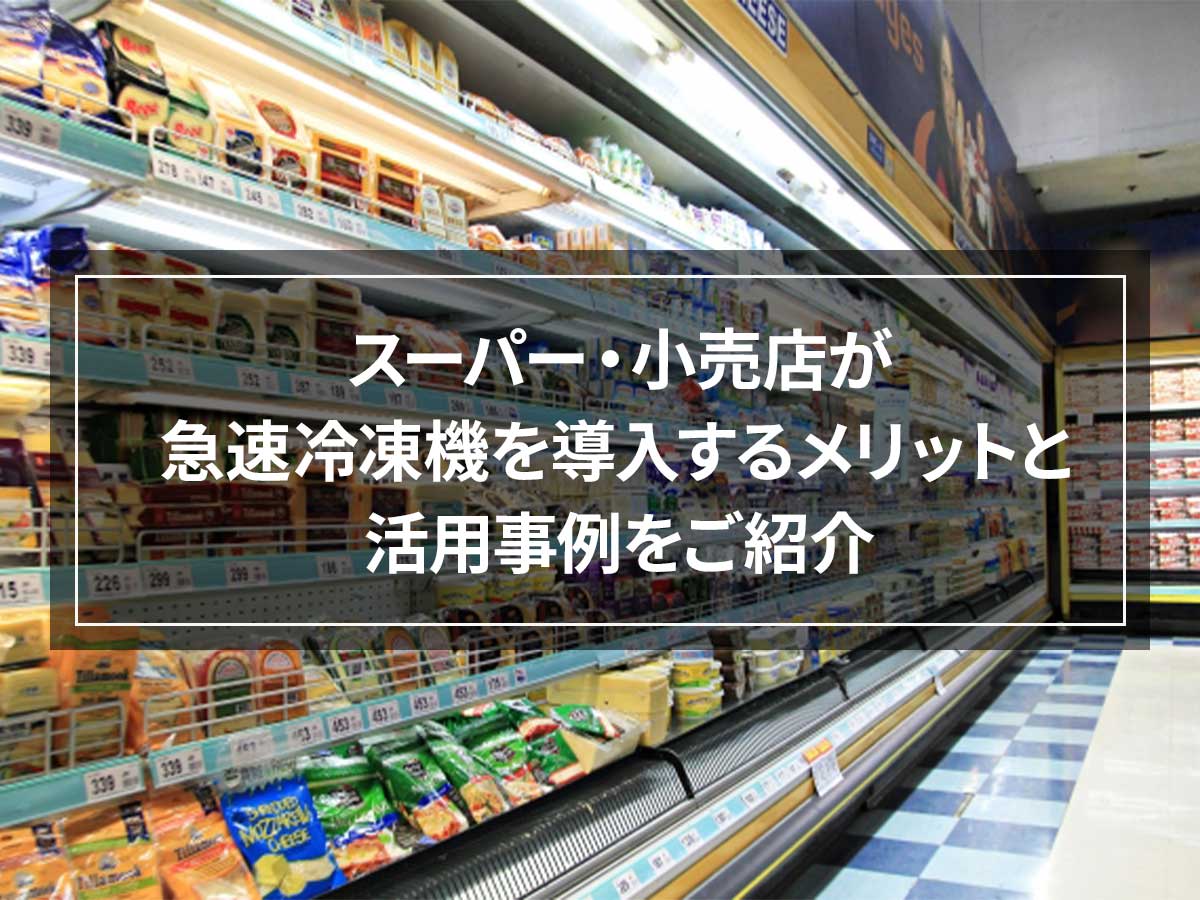
![[Explanation with photos! ] How to freeze and fry croquettes, 5 carefully selected recipes](https://shunkashutou.com/wp-content/uploads/2023/09/b364ee97a71777f9dd2e35fddbbdda72.jpg)
![Introducing how to freeze fried chicken and a delicious recipe [Explaining tricks and techniques]](https://shunkashutou.com/wp-content/uploads/2023/09/2d15a108b8d7de5b4811f69c9bc8b8f1.jpg)
![Explaining how to freeze tempura with photos! [Storage period, thawing, carefully selected recipes]](https://shunkashutou.com/wp-content/uploads/2023/10/51f33cde78d02d01a9e827132e4f069d.jpg)
![[How long does it last? ] How to freeze cooked rice and how long it can be stored](https://shunkashutou.com/wp-content/uploads/2023/10/7e31499b015d58f220536e3274a41bf2.jpg)

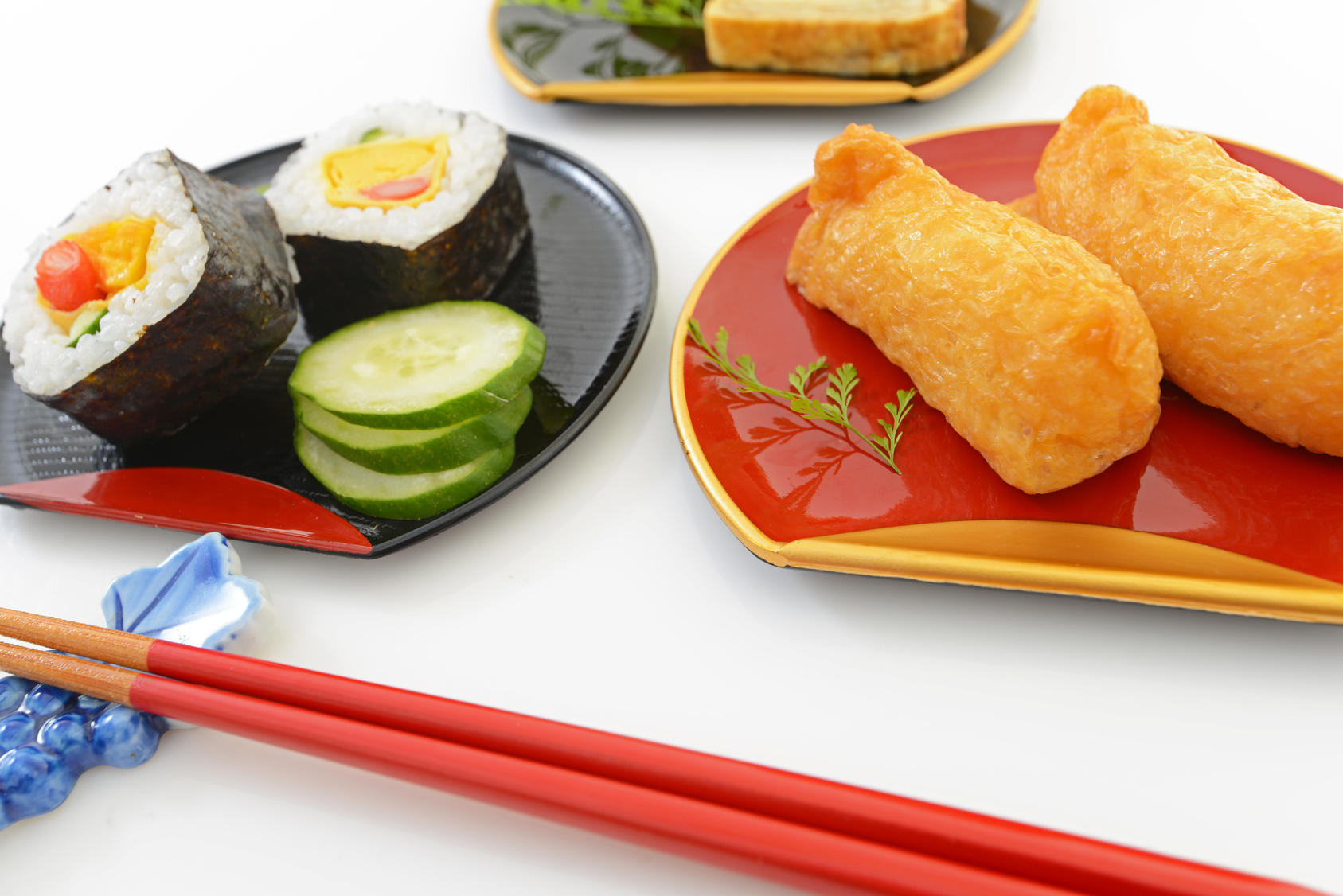
![[Many repeat customers! ] Increase sales by mail ordering our proud curry by rapid freezing!](https://shunkashutou.com/wp-content/uploads/2018/08/S__295895302-863x10241.jpg)
![[Recommended for those living alone! ] How to freeze rice, storage period, and easy recipes!](https://shunkashutou.com/wp-content/uploads/2023/08/b3c2c946949856ed2c8a8098eacf6641.jpg)
![[Be good at saving money! ] Introducing the method and recipe for freezing fried rice](https://shunkashutou.com/wp-content/uploads/2023/10/mayo-tyahan-1024x768-1.jpg)
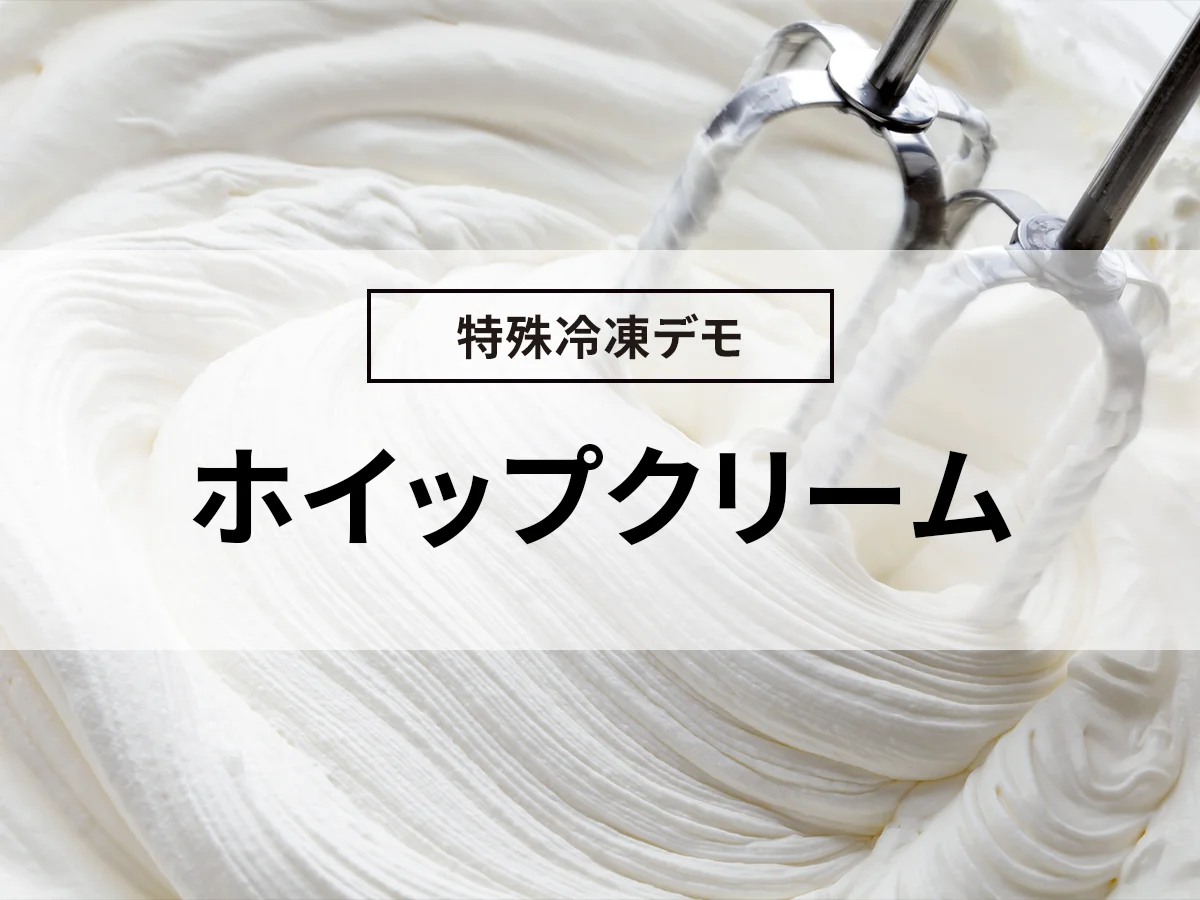
![[Can it be frozen? ] How to freeze fresh cream, storage period, thawing method and 5 recipes!](https://shunkashutou.com/wp-content/uploads/2023/09/1887f5bd8f2d7f9ef1d88754f2c5bcc4.jpg)
![[Thorough Guide to Preserving Sweets] Introducing the freezing method, storage period, and thawing method in detail!](https://shunkashutou.com/wp-content/uploads/2023/10/bffcbc0b6e79bb1af6e05b930e11e949.jpg)
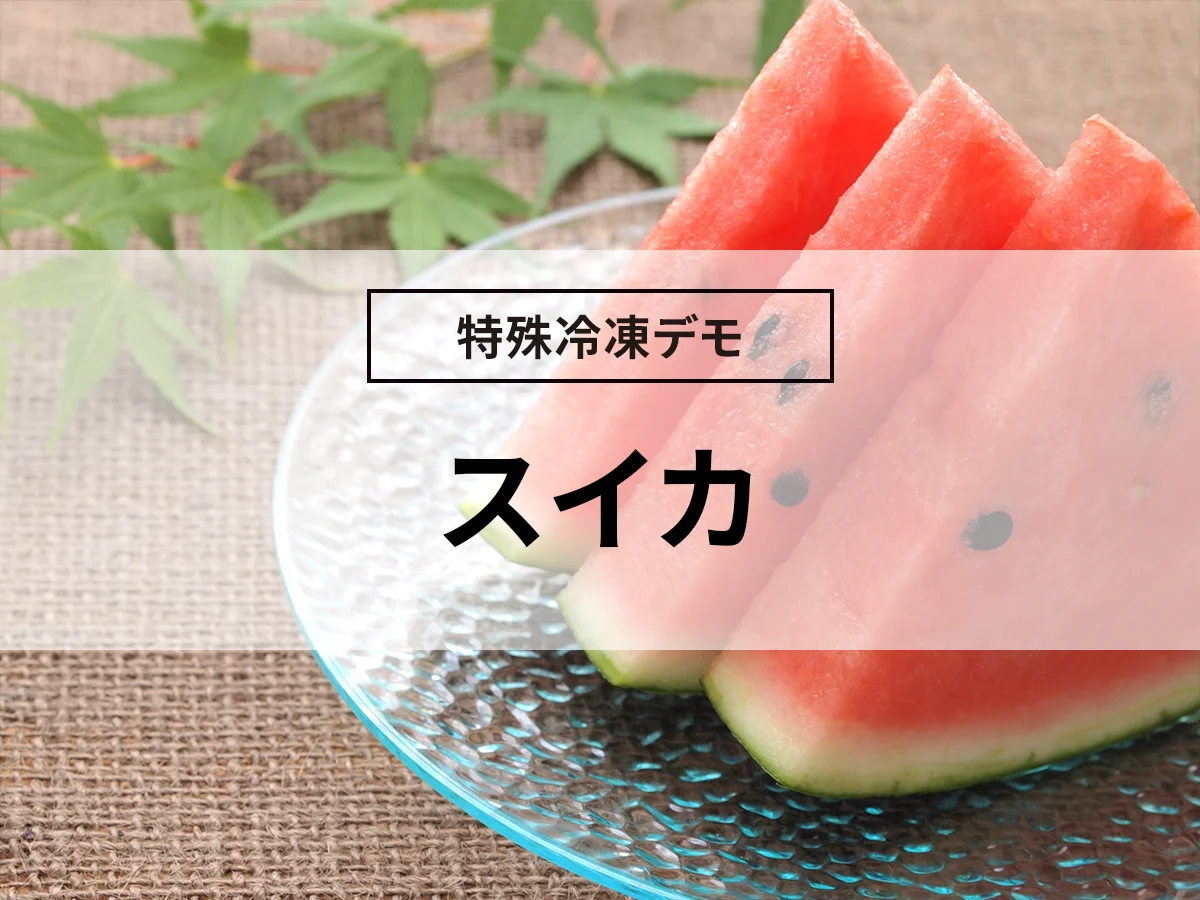
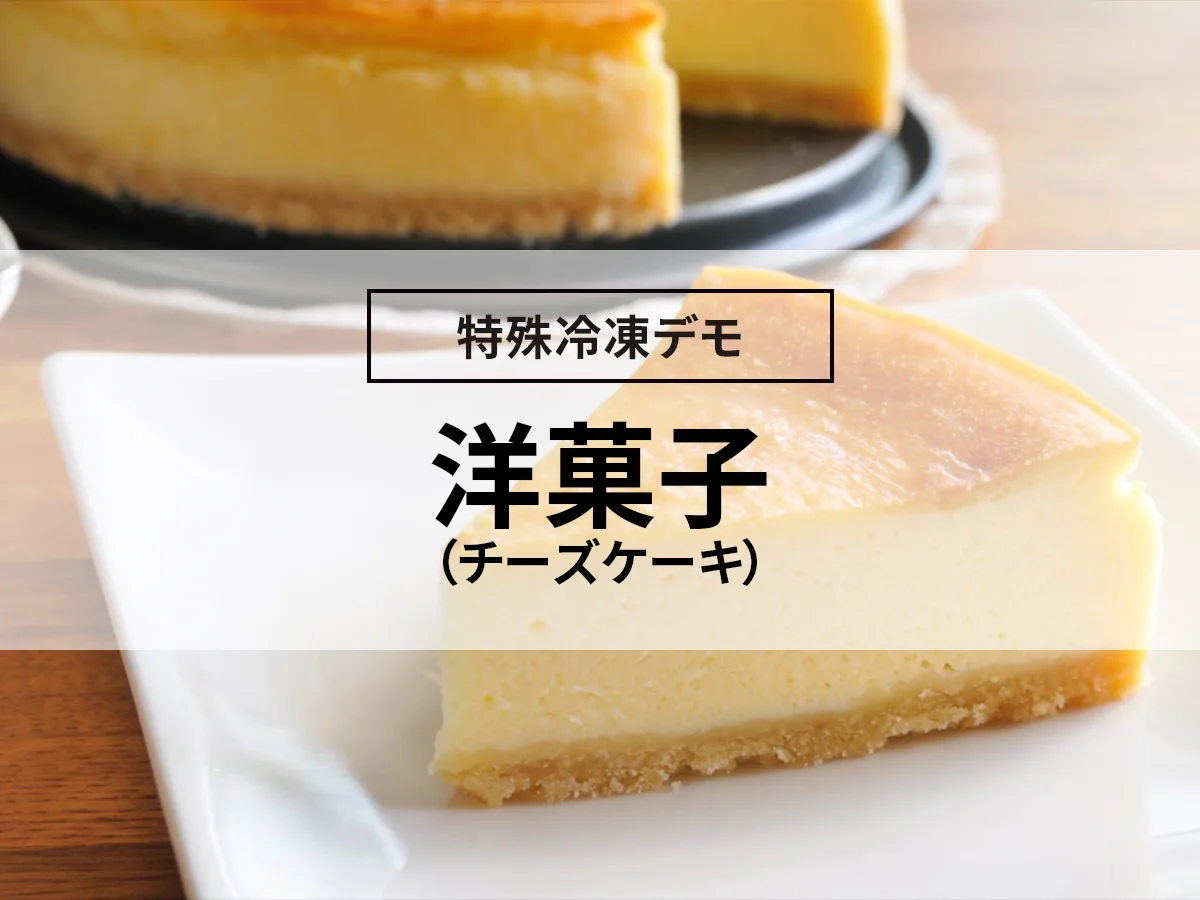
![How to freeze delicious strawberries and 5 recipes! [Explanation with photos! ]](https://shunkashutou.com/wp-content/uploads/2023/09/1509eaf30e7a2fc1b5bbc88ae15a4034-1.jpg)
![[Explanation with photos] How to freeze peaches, storage period, and 5 recipes!](https://shunkashutou.com/wp-content/uploads/2023/09/b454a38d482a64b14d55d2560aa4193a.jpg)
![Introducing recipes and methods for freezing and thawing bananas [Explanation with photos! ]](https://shunkashutou.com/wp-content/uploads/2023/07/494e7567627fb35e47ee5cb0e06e142c.jpg)
![Freezing fruits (melons, grapes, pineapples) [rapid freezing demo]](https://shunkashutou.com/wp-content/uploads/2017/04/f6c25534c570755c38676fba88215298.webp)
![[Bringing fresh cakes nationwide] How to dramatically increase profits at a pastry shop?](https://shunkashutou.com/wp-content/uploads/2016/03/661ea3ee6264fab6520017622c656870.jpg)
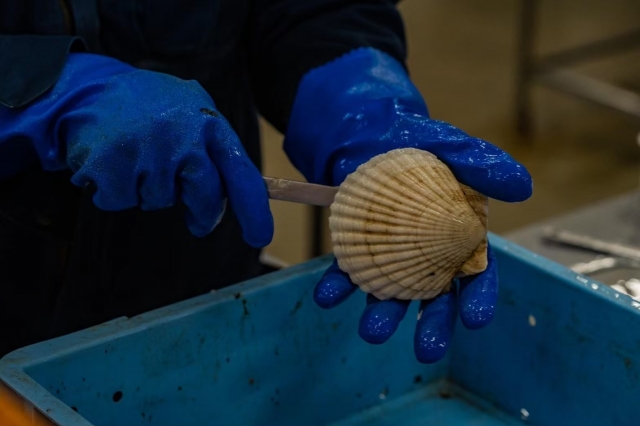
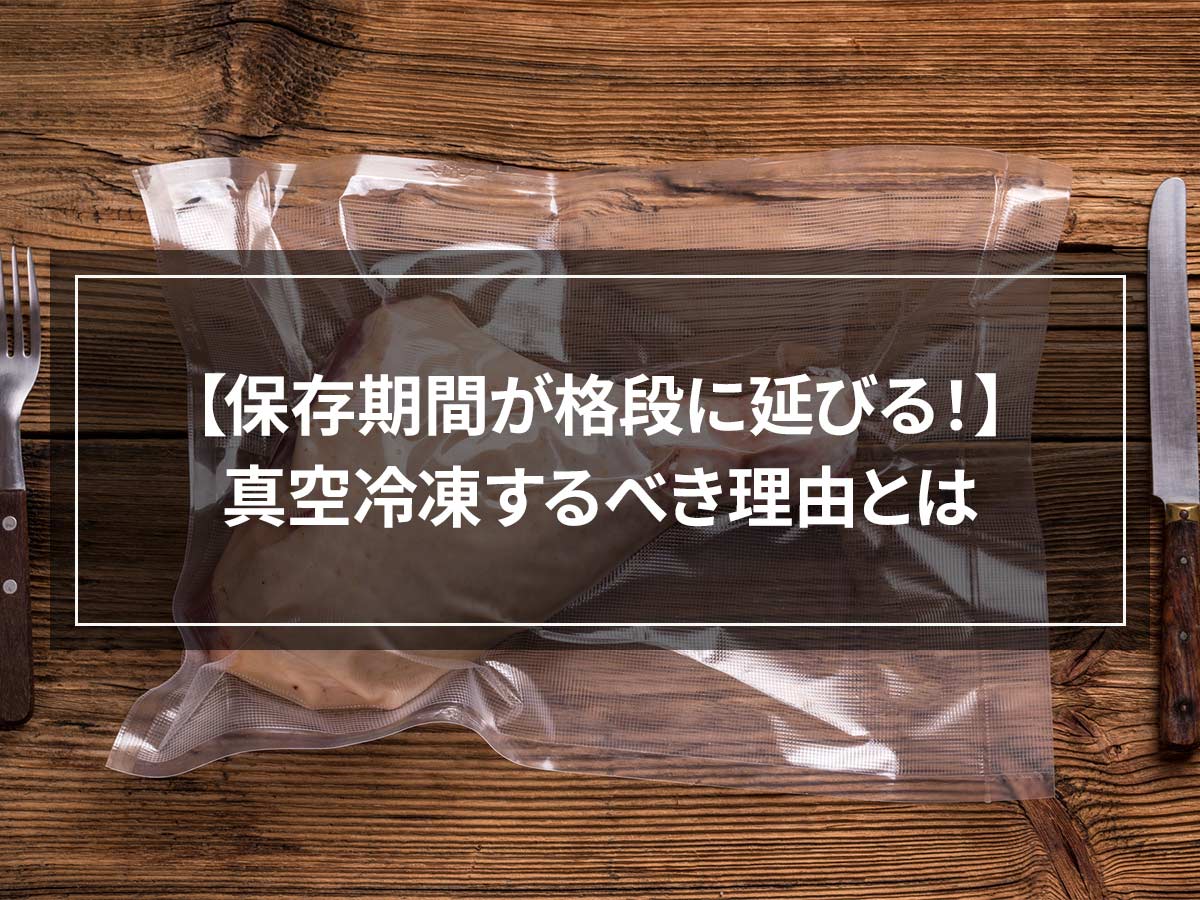
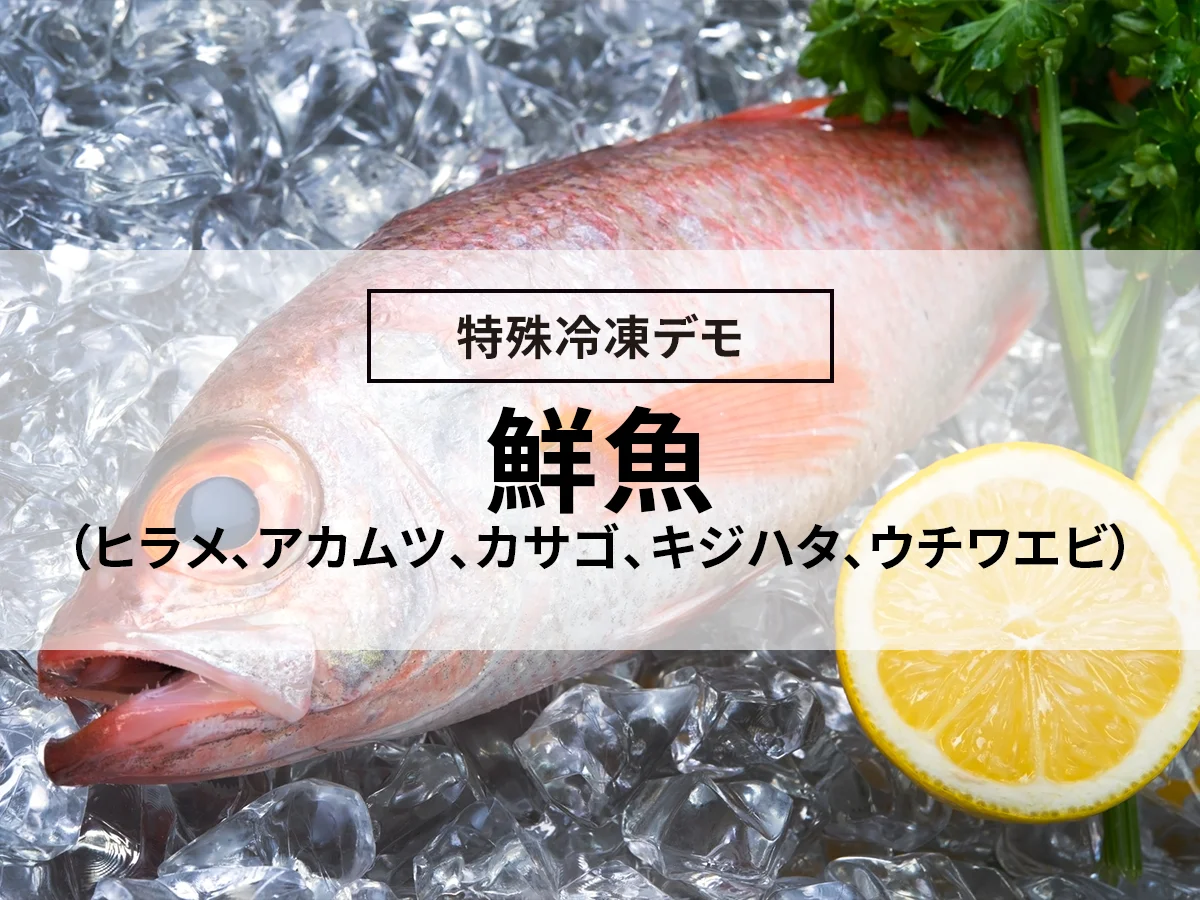
![[Great at sushi restaurants! ] How to increase sales by rapid freezing sushi](https://shunkashutou.com/wp-content/uploads/2016/04/0d3e7f8a3cefa0aefe0a8452e414db21.jpg)
![[Successful example of rapid freezing] Efforts of Yuko Fisheries Cooperative and regional revitalization by women](https://shunkashutou.com/wp-content/uploads/2015/11/68950ce21415f187d34a8a1d5b48956a.jpg)
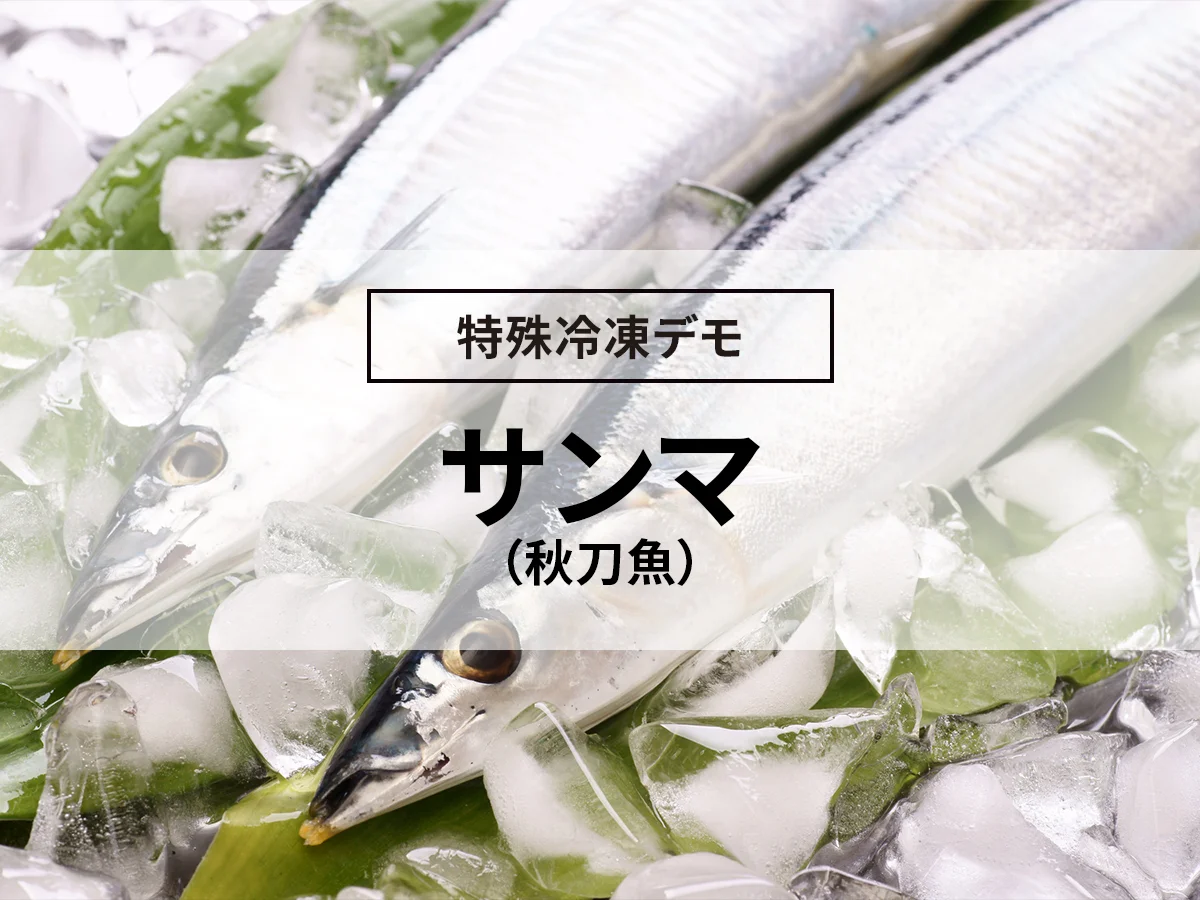
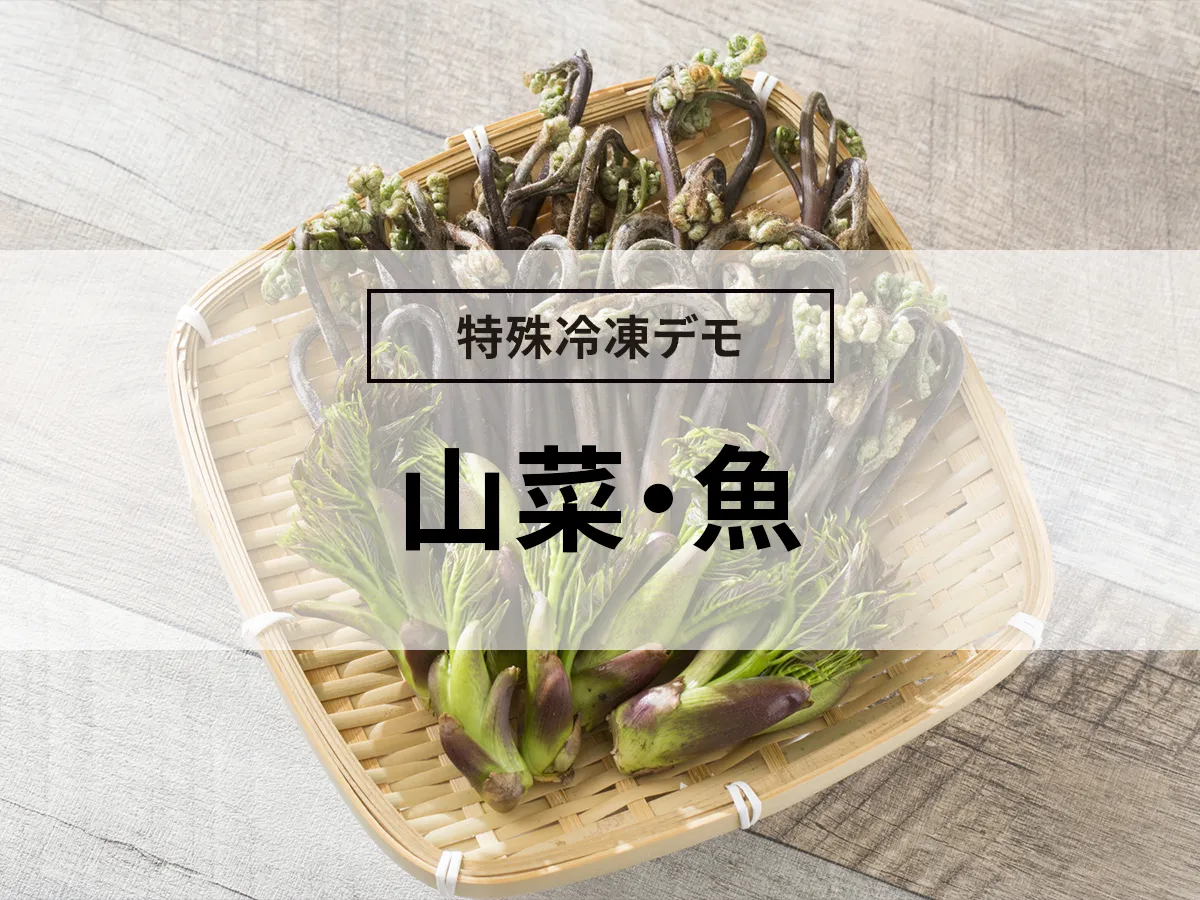
![[Explanation with photos! ] How to freeze mackerel fillets and 5 carefully selected recipes!](https://shunkashutou.com/wp-content/uploads/2023/10/bf45f102162a8d43387d3a8d3e538034.jpg)
![[8 times more nutrition! ] Introducing how to freeze clams, storage period, and 5 recipes](https://shunkashutou.com/wp-content/uploads/2023/10/57204e2a2f115f810e29e365cfc86638.jpg)
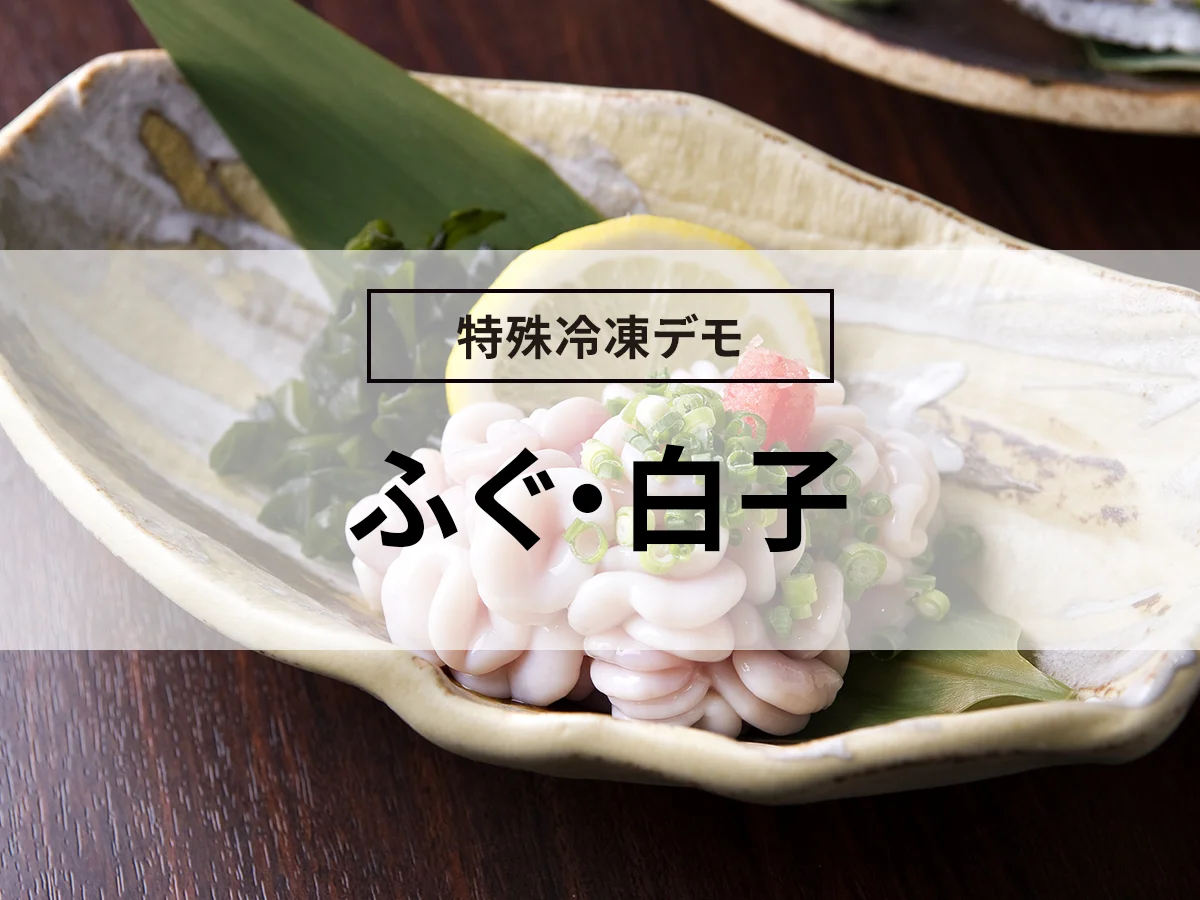
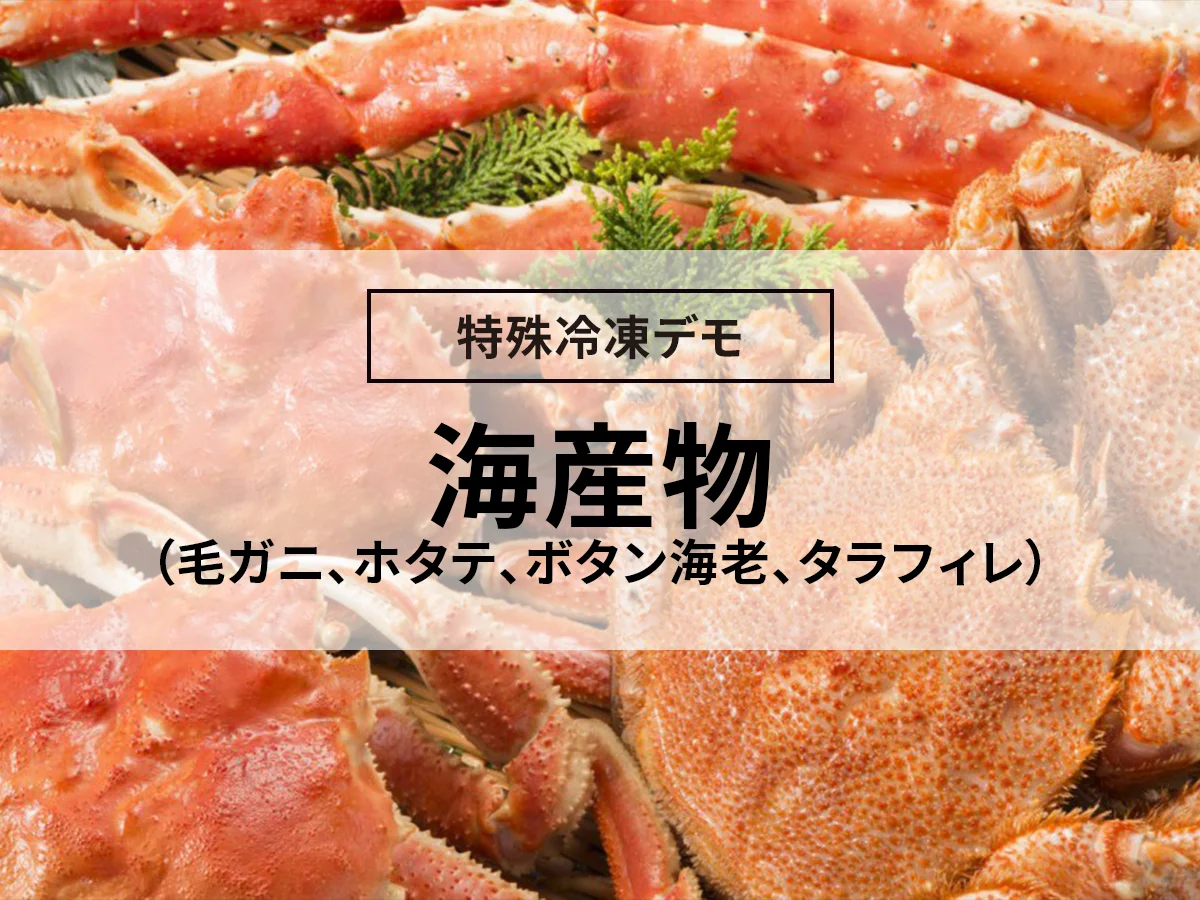
![[For vegetable processors] What is the blanching process that improves the quality of frozen vegetables?](https://shunkashutou.com/wp-content/uploads/2016/09/ad38a1a4c704bc39303ac1864f5b0b8d.jpg)
![[Delicious frozen squid recipe! ] Tips on how to eat squid deliciously and without waste](https://shunkashutou.com/wp-content/uploads/2023/10/f3bc339b6bcaff01bd8e2aaa4257acfe.jpg)
![[Make frozen oysters even more delicious! ] Correct thawing method and usage recipes](https://shunkashutou.com/wp-content/uploads/2023/10/5855c6e6d6dbdb298f86405b4b522329.jpg)
![[Delicious, Convenient, Cheap] Recommended commercial frozen foods for restaurants to purchase](https://shunkashutou.com/wp-content/uploads/2023/07/business-frozen-food-1024x682-1.jpg)
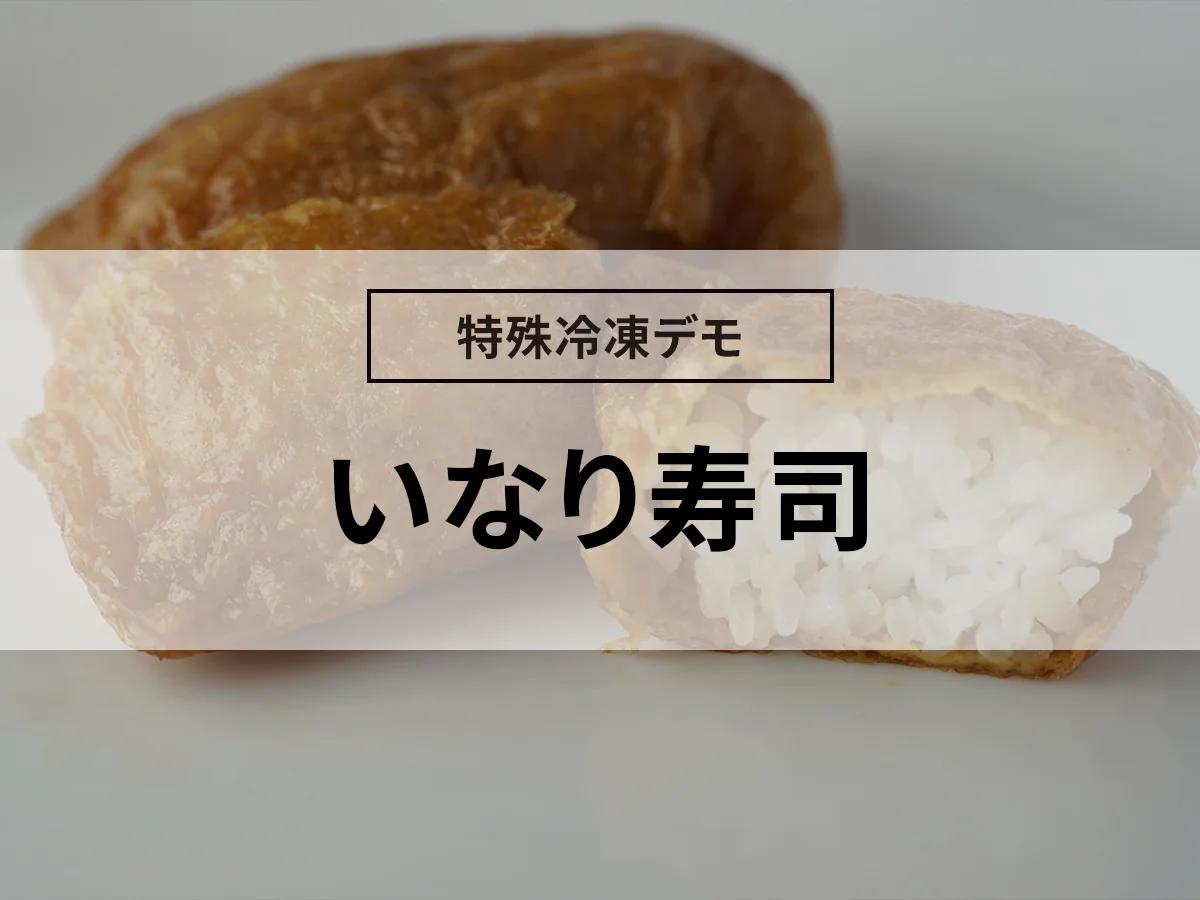
![[Freezing pickles] rapid freezing demo](https://shunkashutou.com/wp-content/uploads/2016/09/54443af8b86c85071ce9c09d80430b9a.webp)
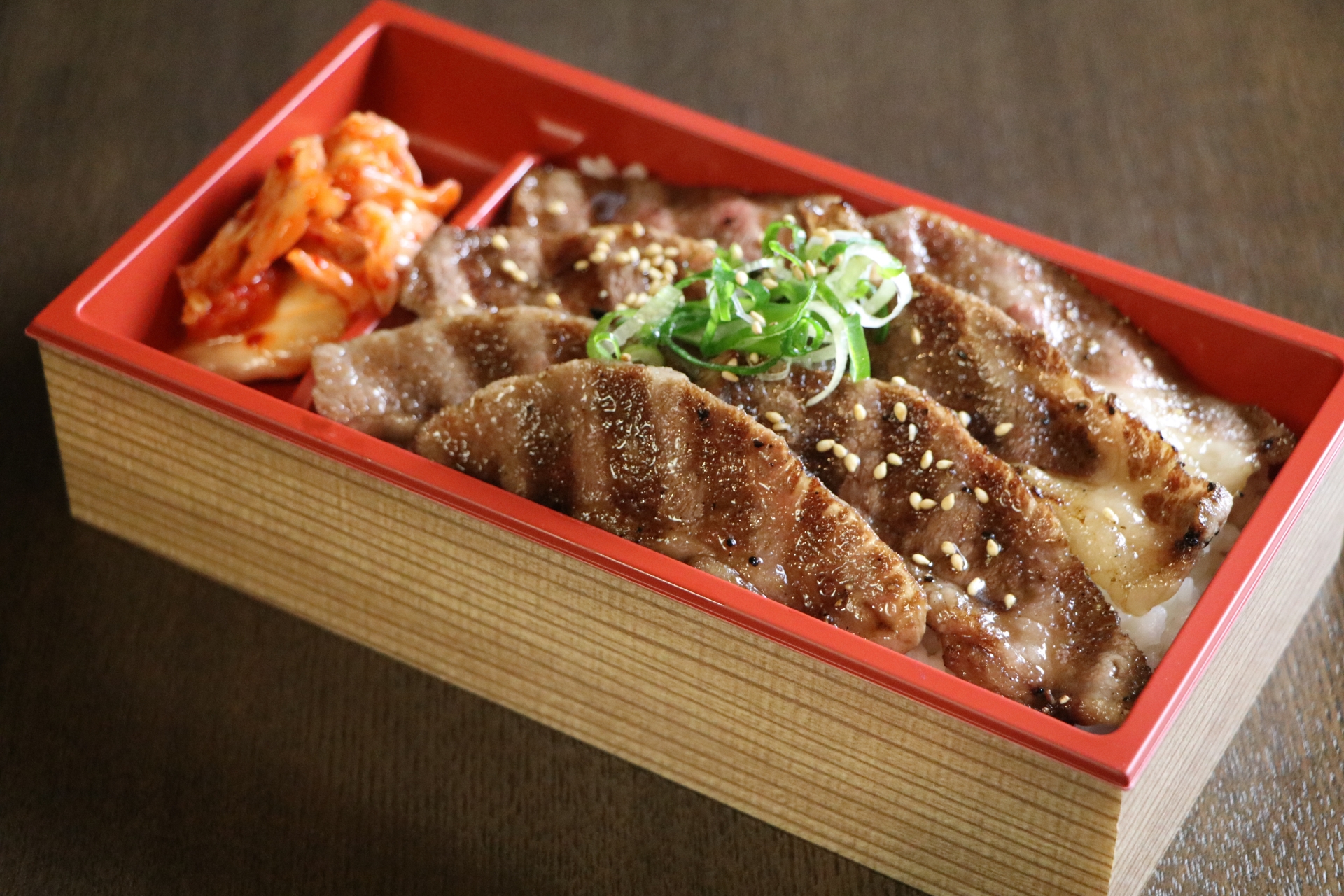
![[Explanation with photos] How to freeze meat sauce, storage period, and 5 recipes!](https://shunkashutou.com/wp-content/uploads/2023/09/efa7161a08e57ef763d9e19623c7669c.jpg)
![[It's good to know! ] Introducing how to freeze curry, how long to keep it frozen, and how to thaw it |](https://shunkashutou.com/wp-content/uploads/2023/08/5de5495c896622dc896a8f23d9528300.jpg)
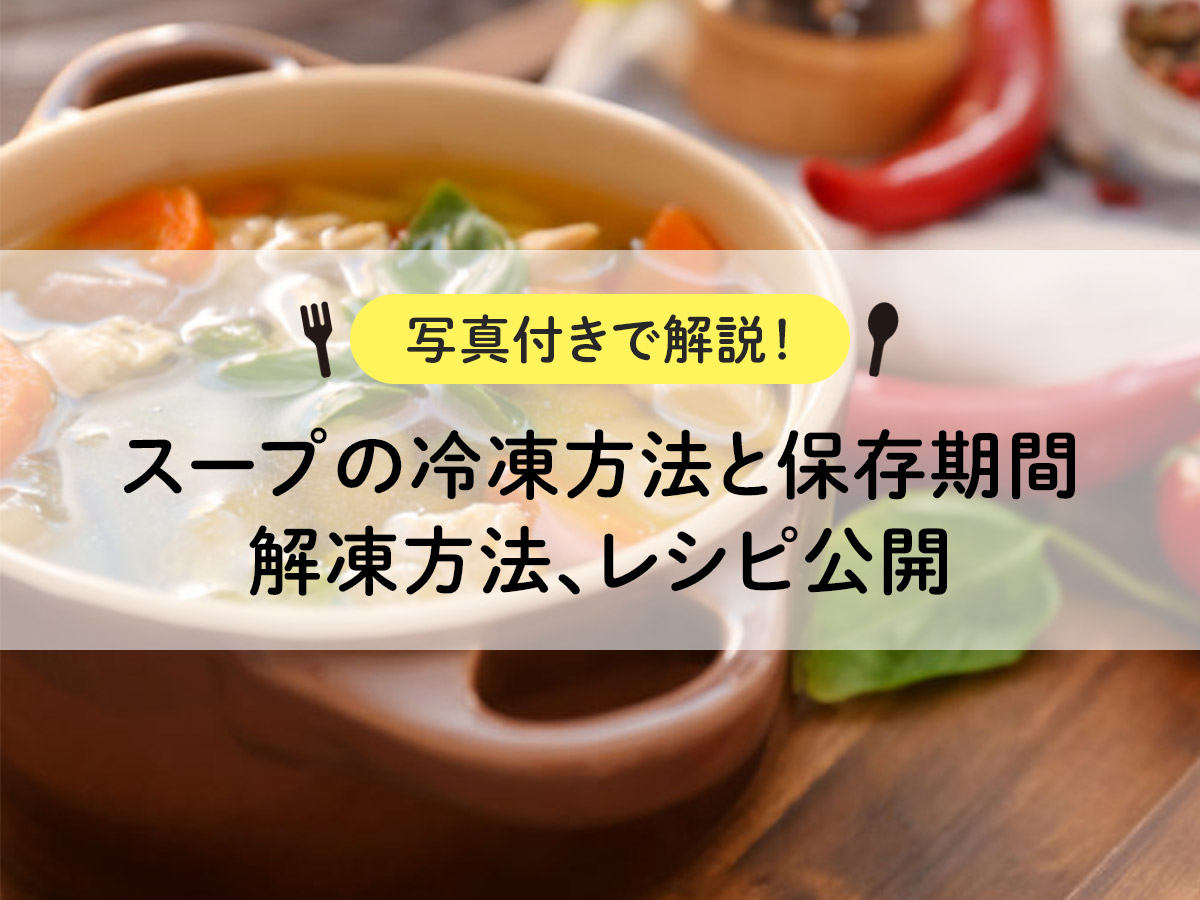
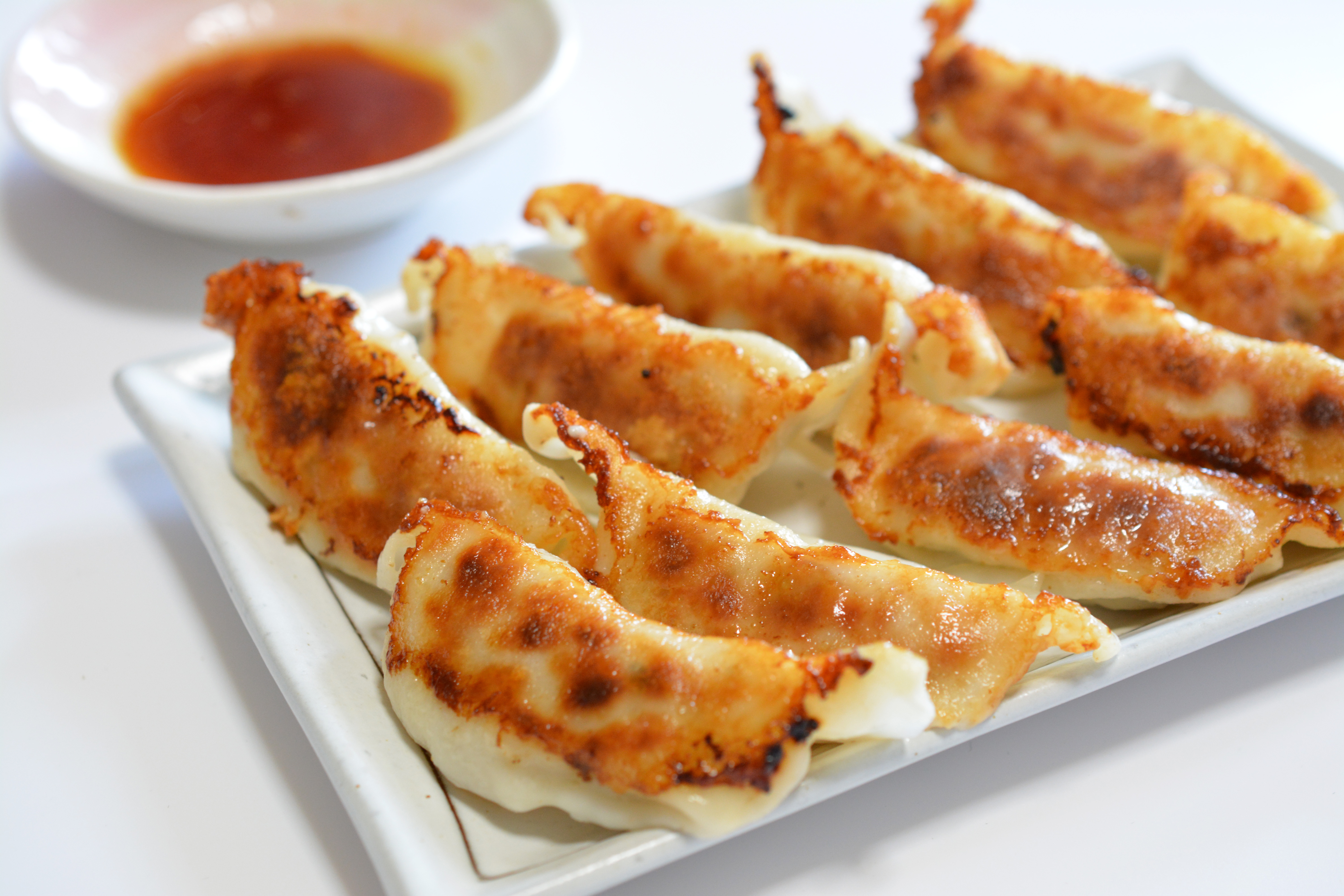
![[Can it be frozen? ] How to freeze dried daikon radish and arrange recipes!](https://shunkashutou.com/wp-content/uploads/2023/09/84f89f802d6869949972432e7b3be19c.jpg)
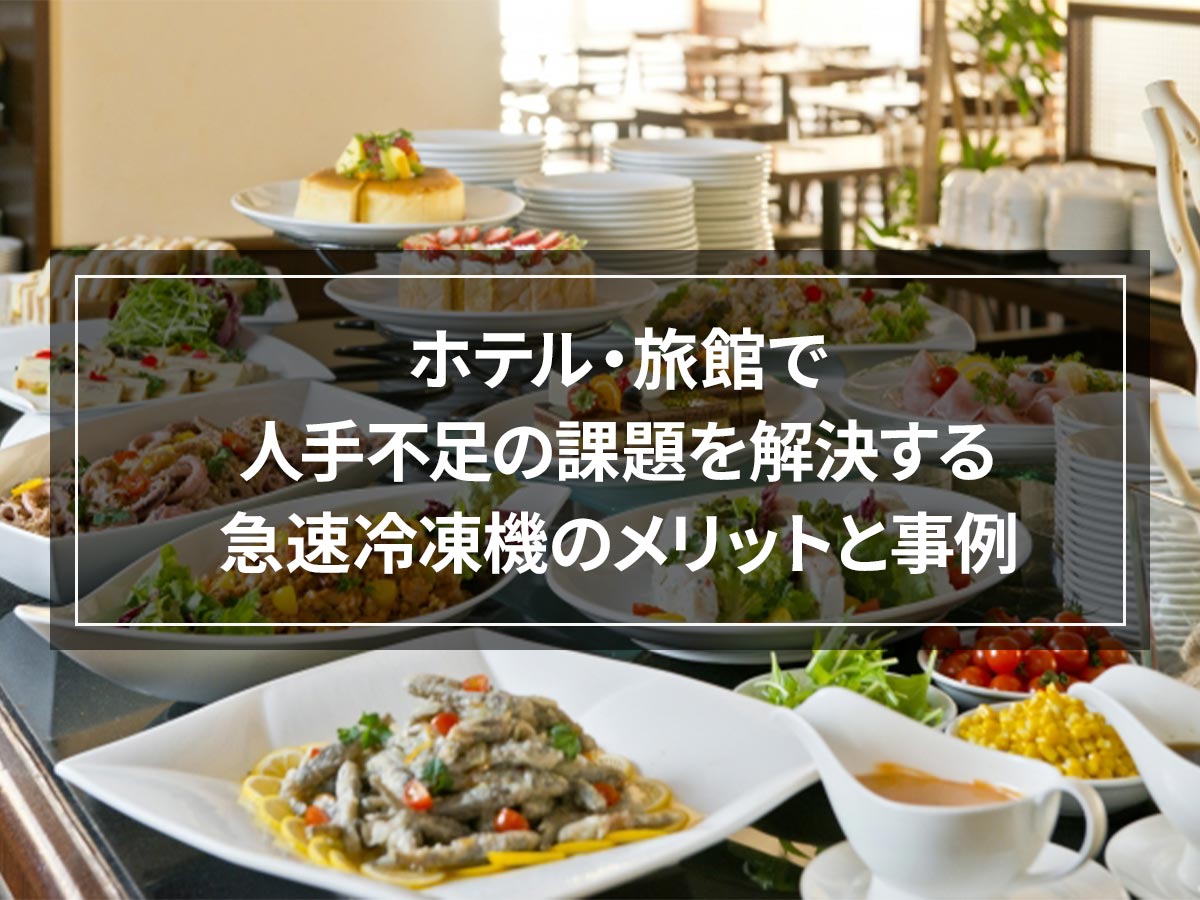
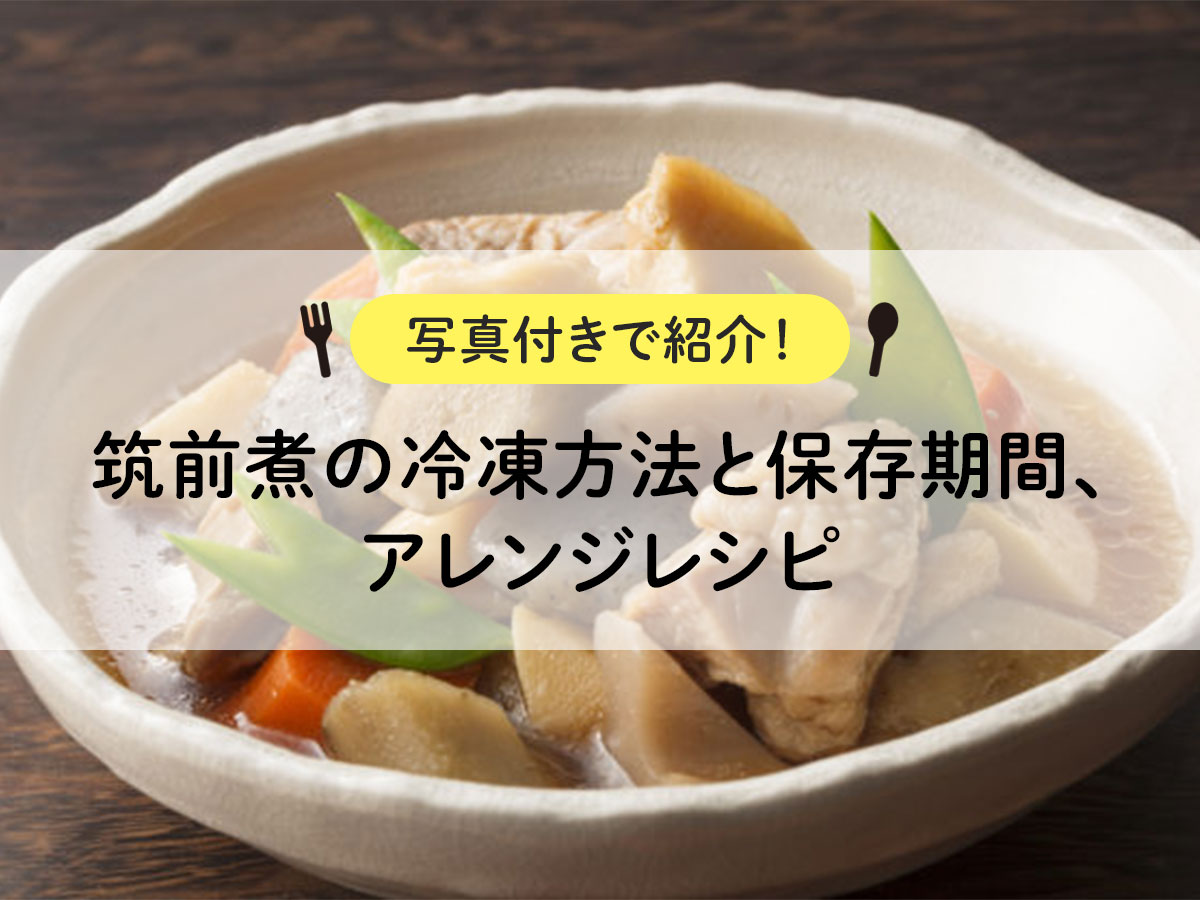
![[Recommended for making lunch boxes! ] Delicious ways to use frozen foods](https://shunkashutou.com/wp-content/uploads/2023/09/m-frozen-food-bento_eyecatch.jpg)
![[Can it be frozen? ] Introducing the recipe and how to freeze potato salad!](https://shunkashutou.com/wp-content/uploads/2023/10/3c640cd23d65764c14f701d25970ed59.jpg)
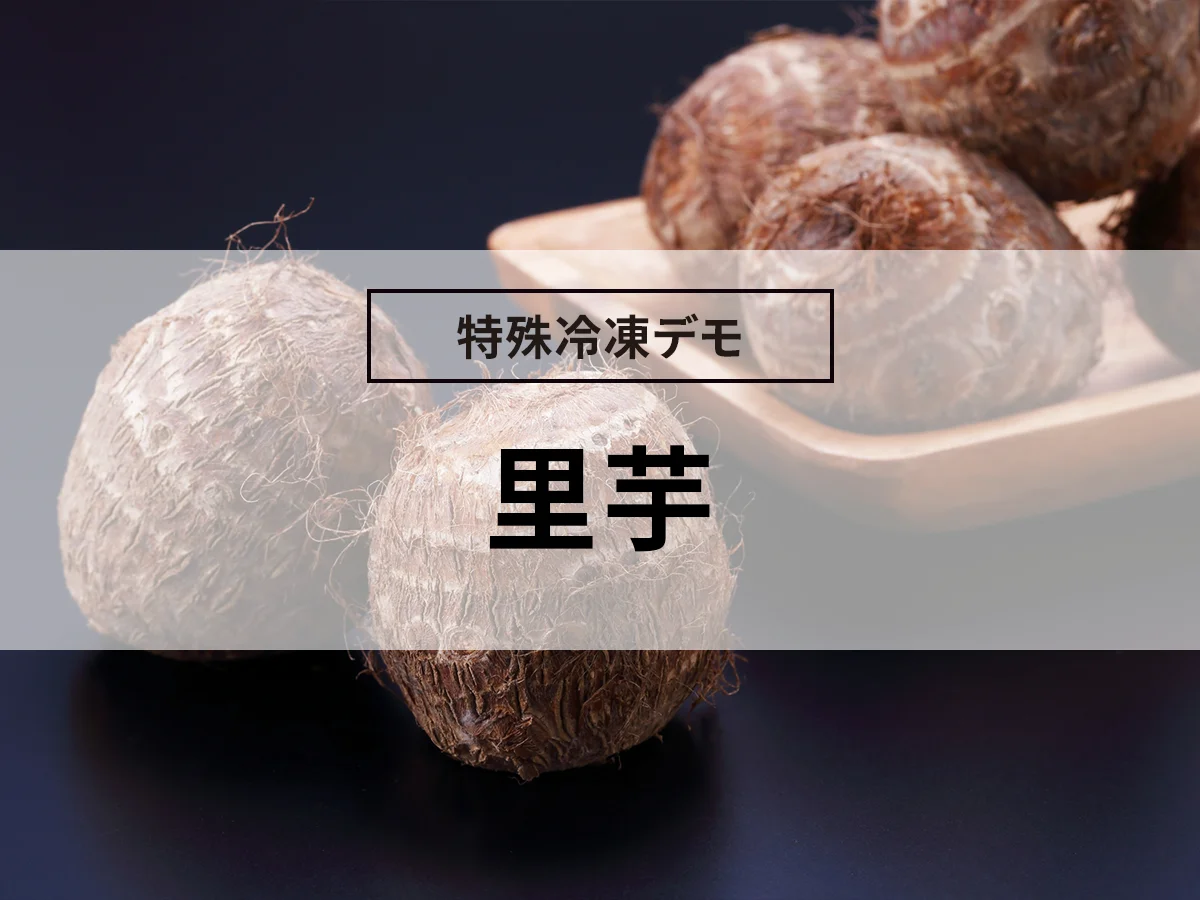
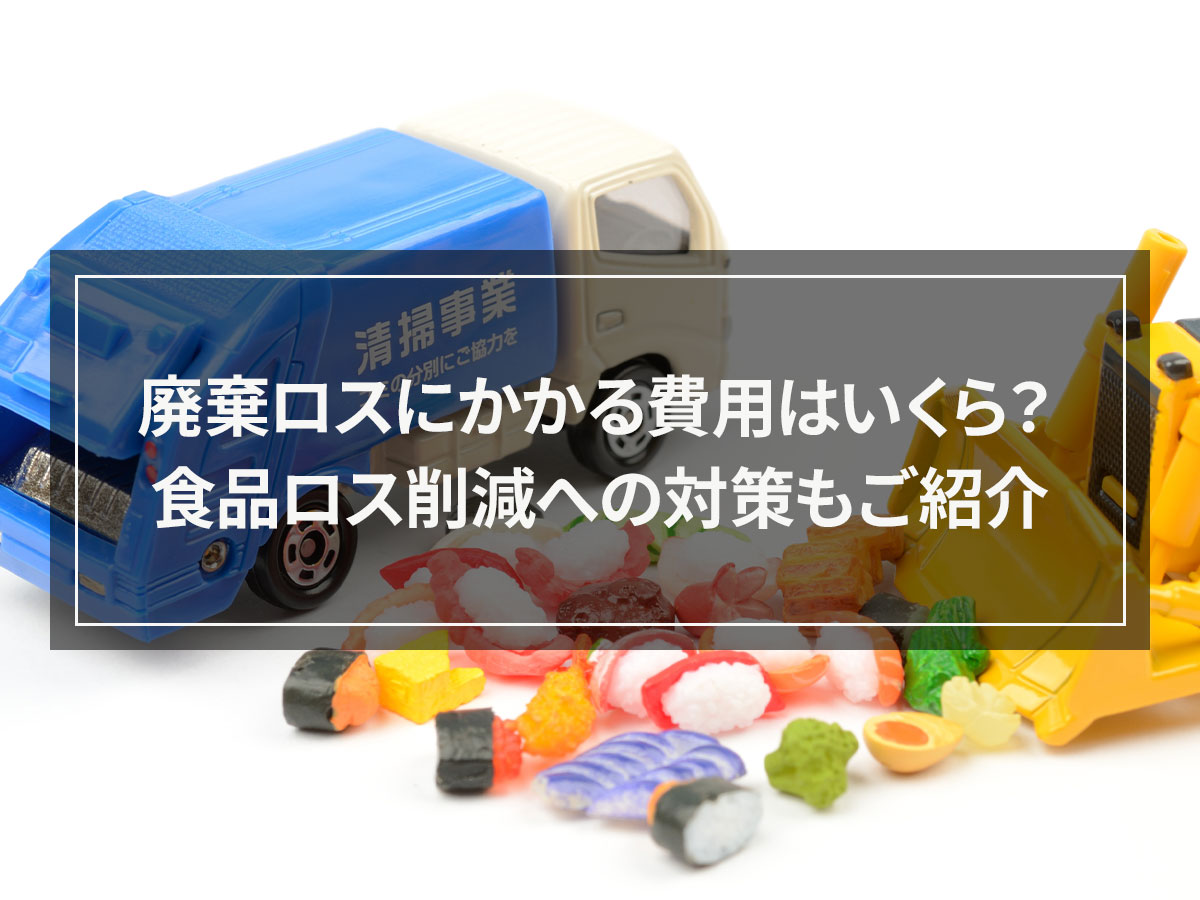
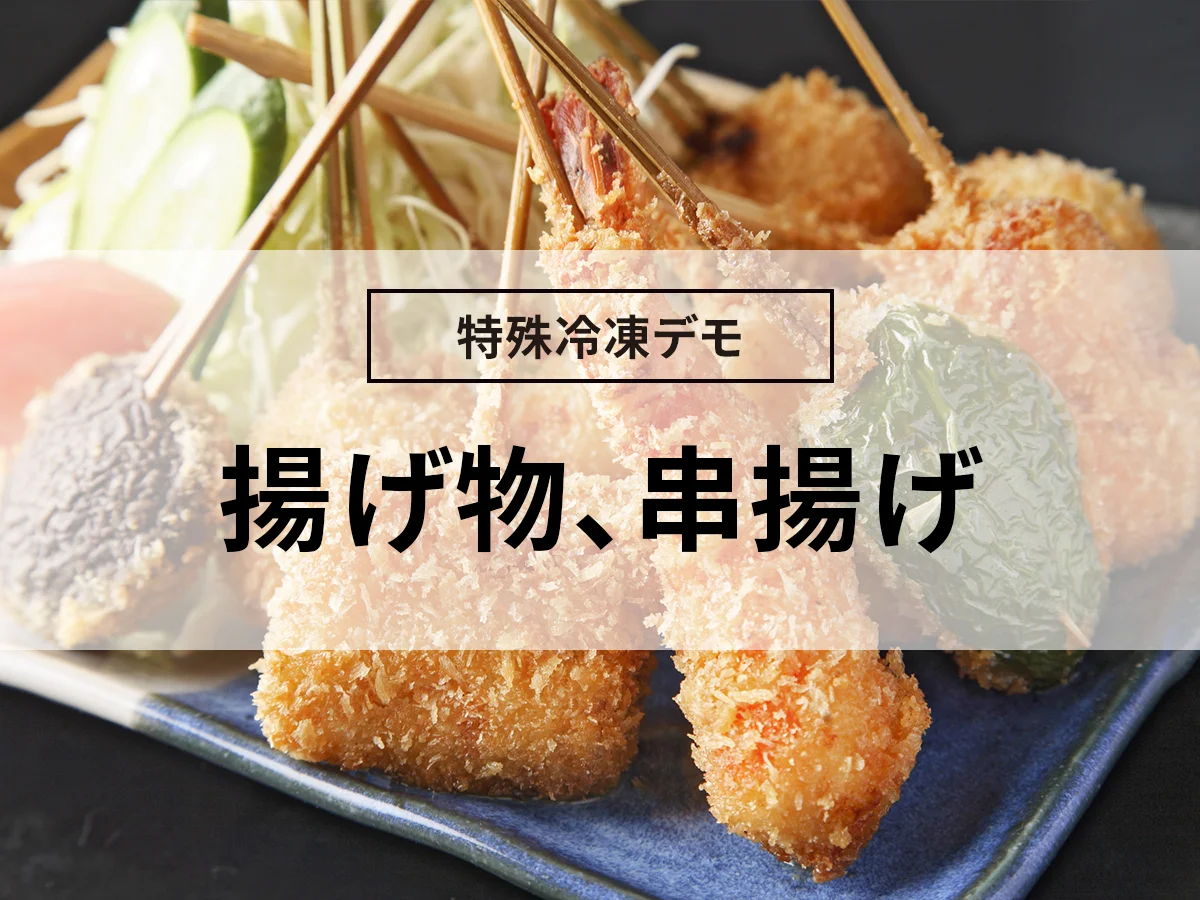

![Anisakis that won't die can be killed by freezing! [Appropriate freezing prevention for food poisoning]](https://shunkashutou.com/wp-content/uploads/2021/03/c5dabe6d1921ee78ce0b63f14cc56a4c.jpg)

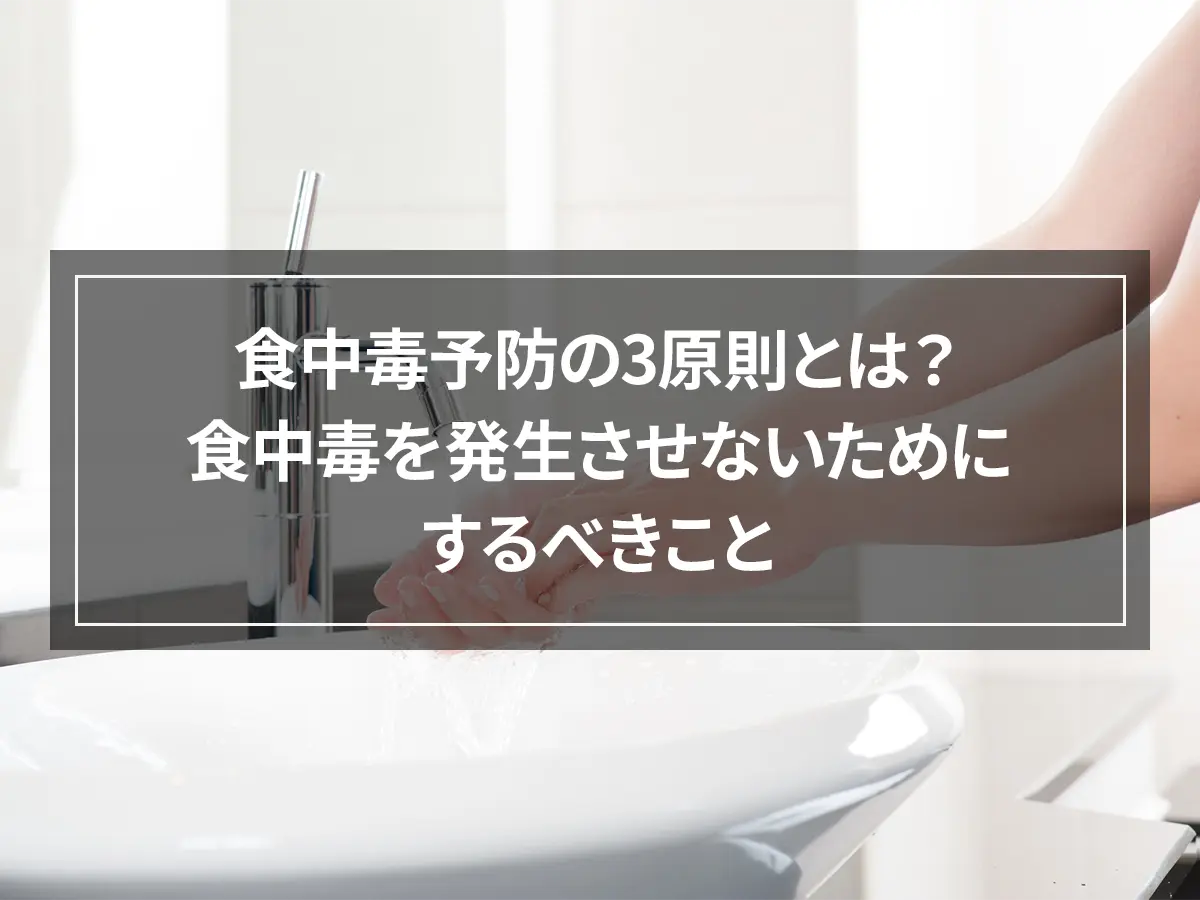
![[Required for Cook Chill System] How much does a blast chiller cost?](https://shunkashutou.com/wp-content/uploads/2015/11/fc29ddca3d7d1f8d53bf99518ce28fcf.jpg)
![[Easy thawing method] Low temperature thawing to lock in the deliciousness of meat](https://shunkashutou.com/wp-content/uploads/2015/06/899e71a518bbd73569bf085ff0accd61.jpg)

![[Lunch boxes are easy! ] Techniques and recipes for effectively using frozen side dishes](https://shunkashutou.com/wp-content/uploads/2023/07/reitou-bento-1024x682-1.jpg)
![[A must-see for restaurants that serve rice] What is rapid freezing that can preserve rice for a long time?](https://shunkashutou.com/wp-content/uploads/2021/02/rice.jpg)

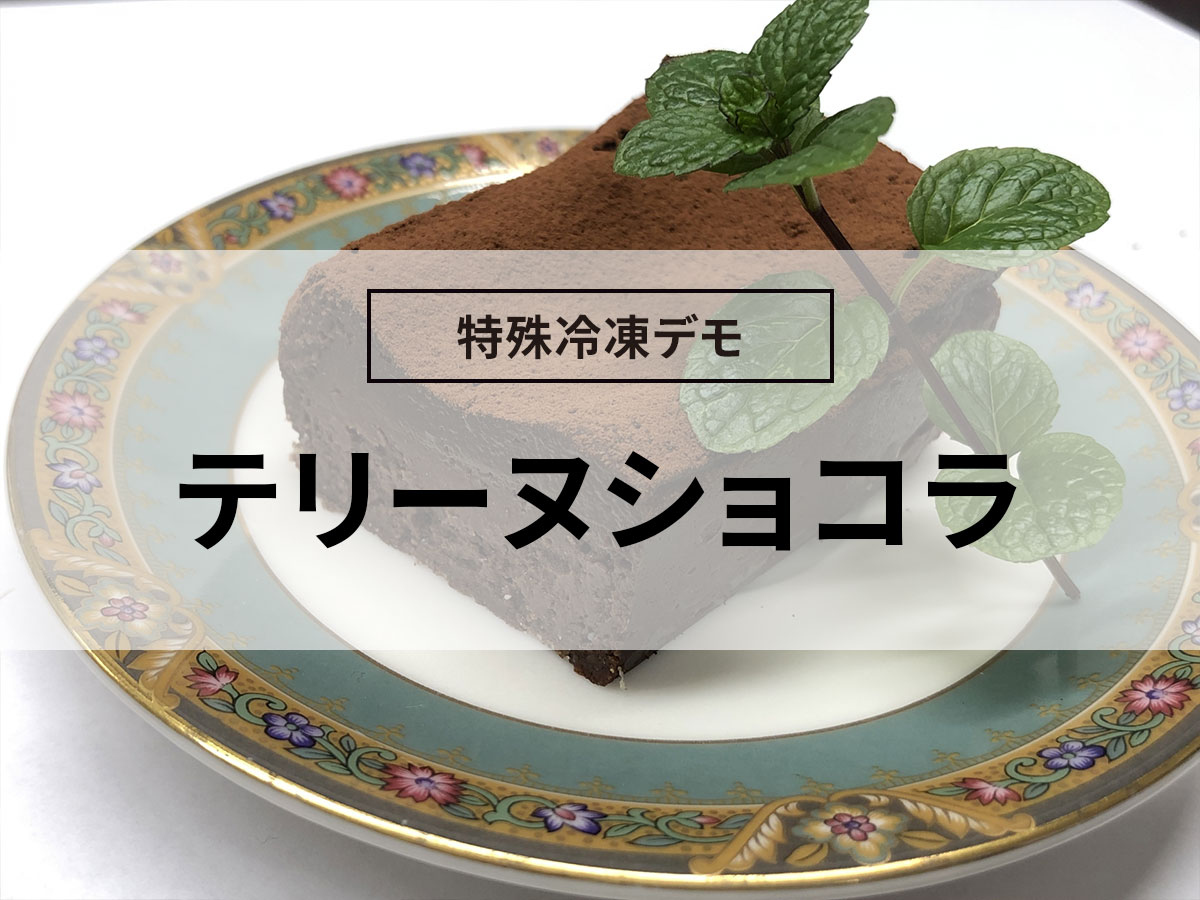
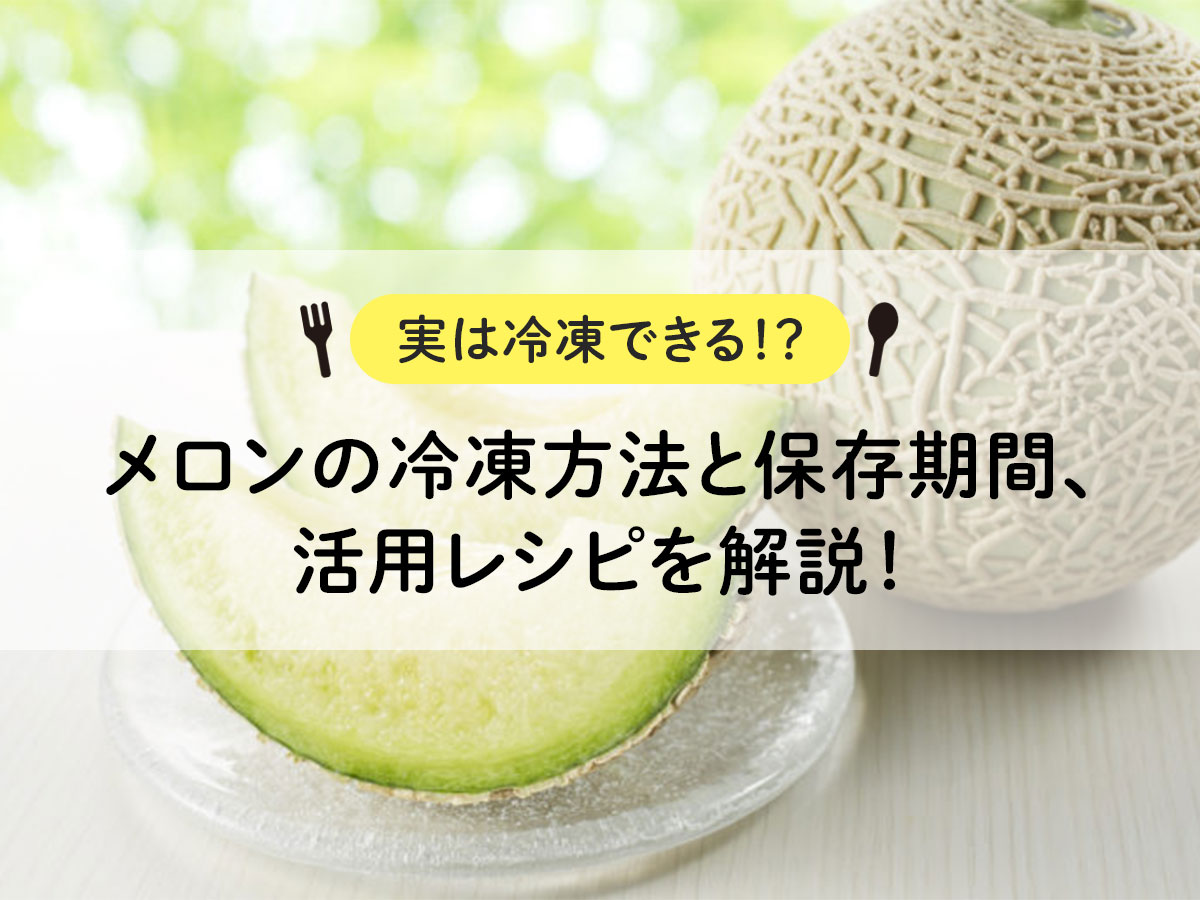
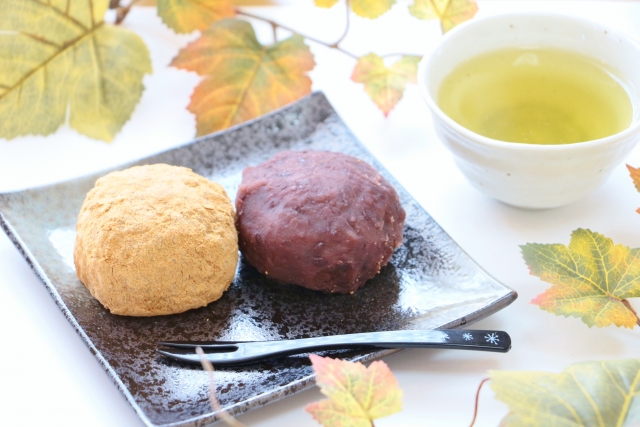
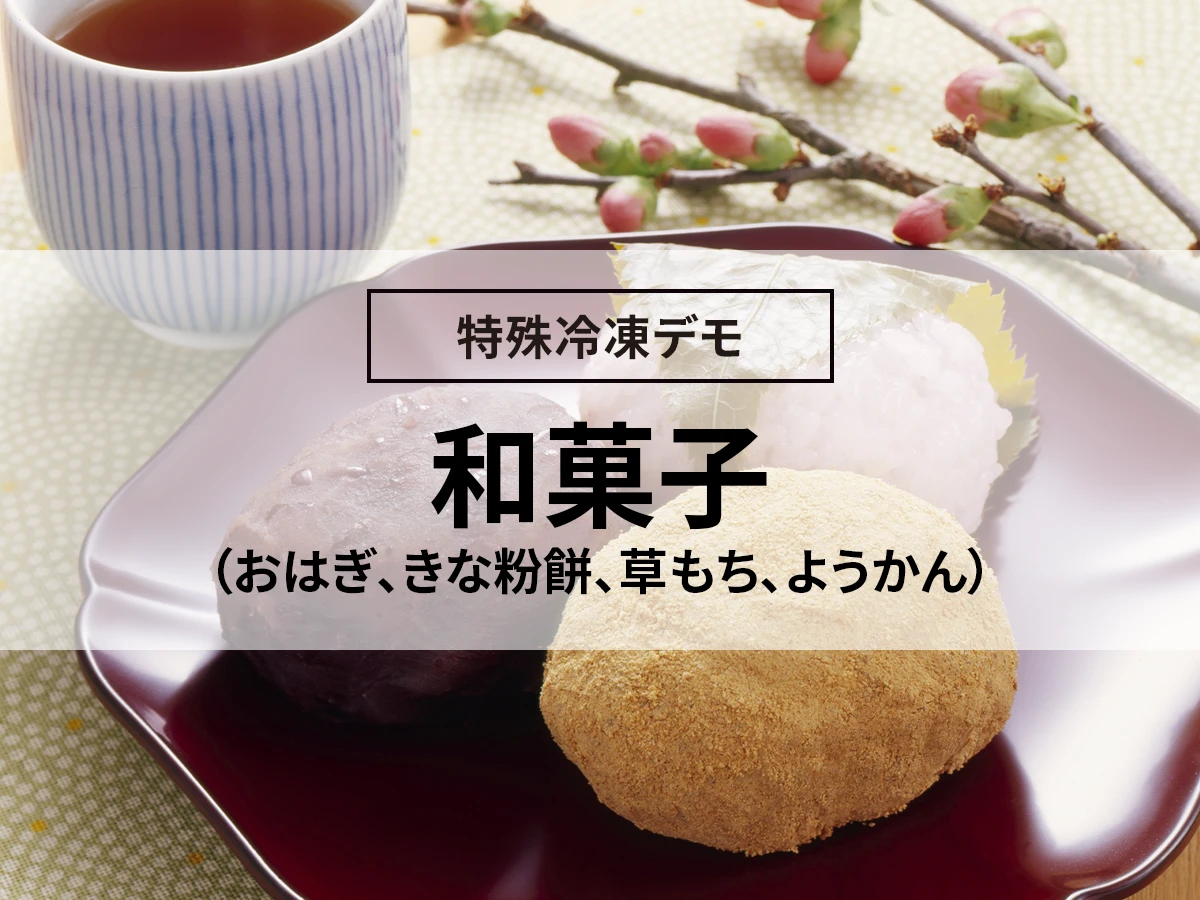
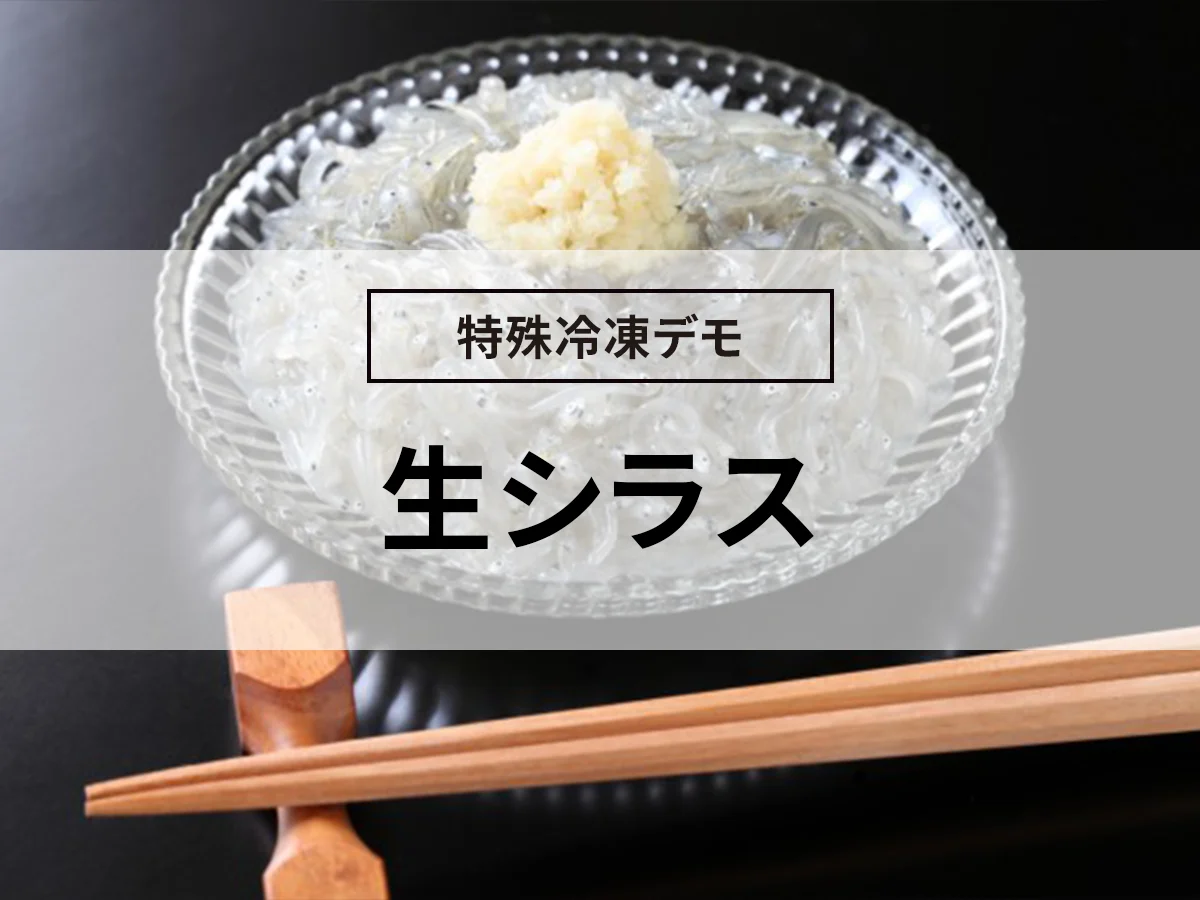
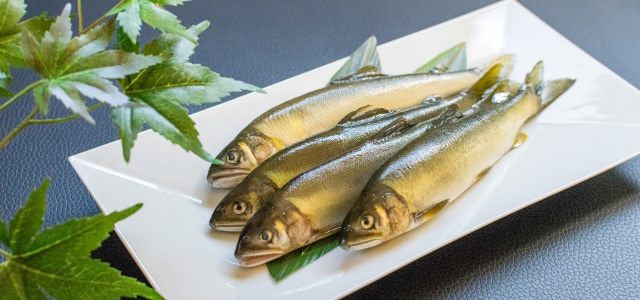
![[How to use leftover sashimi! ] Introducing frozen preservation methods and arrangement recipes](https://shunkashutou.com/wp-content/uploads/2023/10/7451dbe2231dbc559fe002350b8add67.jpg)
![[Explanation with photos] How to freeze octopus, storage period, and 5 recipes!](https://shunkashutou.com/wp-content/uploads/2023/10/5128a2b3fa3cc254cffab87821372215.jpg)
![Introducing how to freeze and thaw whitebait, as well as recipes for its use [Full of nutrition! ]](https://shunkashutou.com/wp-content/uploads/2023/10/04d15012ec36f91a5574f63dfa9d4771.jpg)
![[Explanation with photos! ] How to freeze saury, storage period, and 5 recipes!](https://shunkashutou.com/wp-content/uploads/2023/10/fff0f92d808aca2392b3eb576f218f08.jpg)
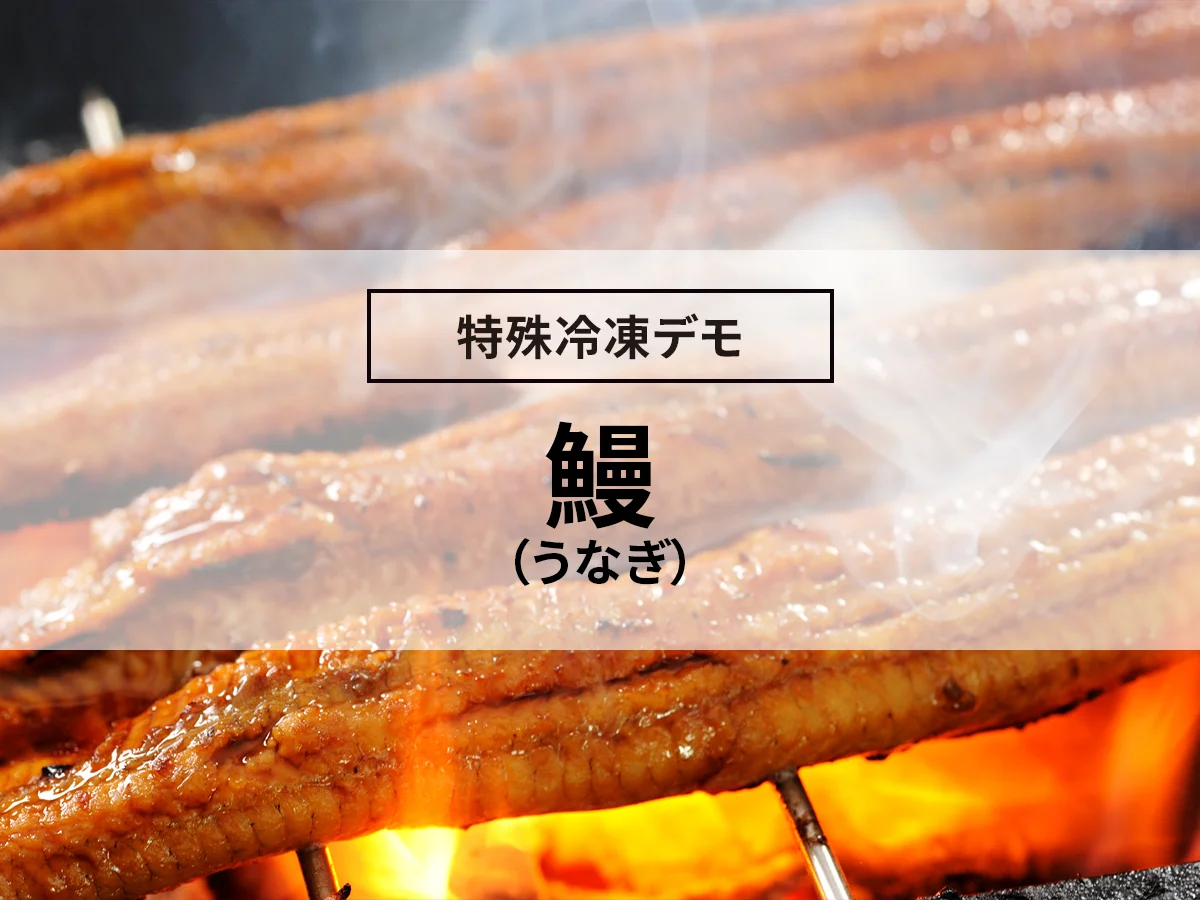
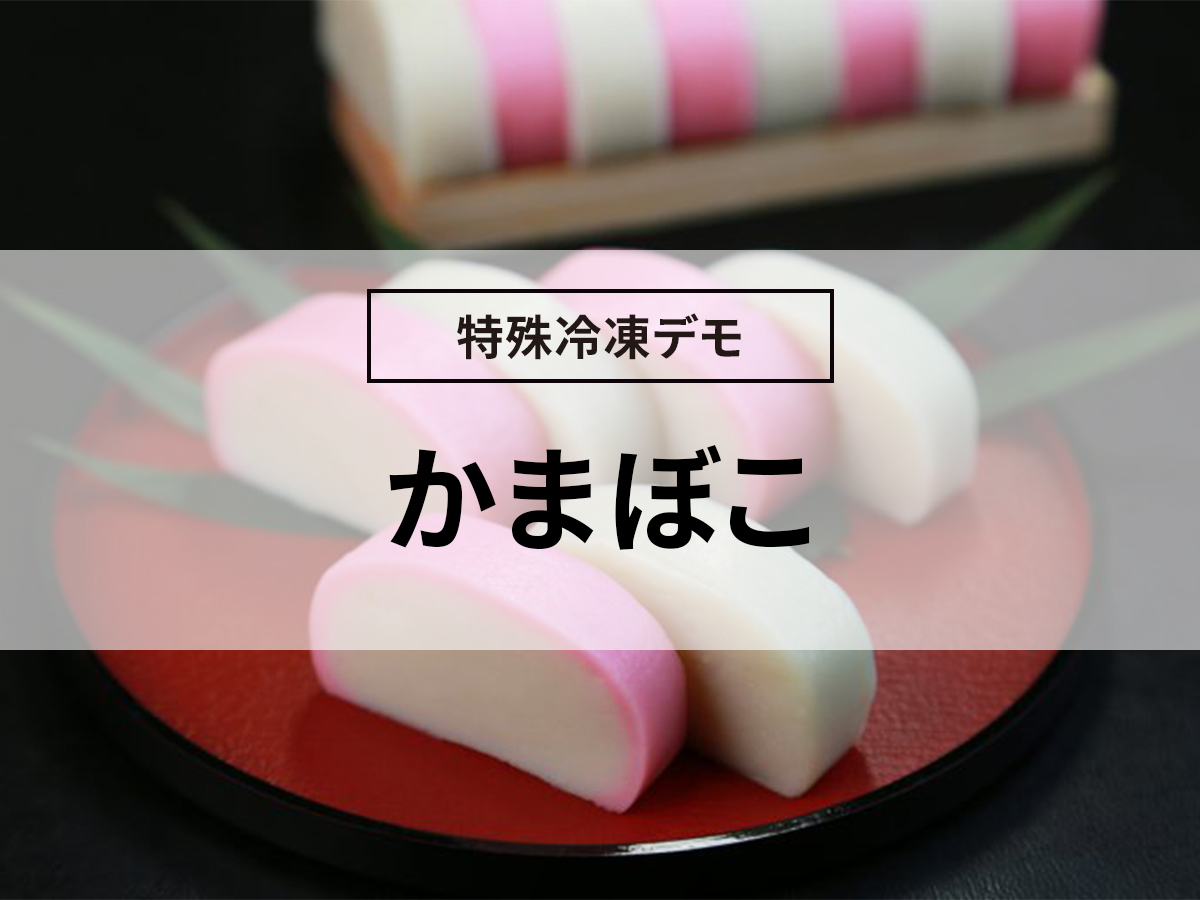
![[Includes grilling instructions] How to freeze hamburger steak, storage period, and carefully selected recipes!](https://shunkashutou.com/wp-content/uploads/2023/09/eb3a531f7fd023f973240f698c092b64.jpg)
![[Can it be frozen? ] How to freeze mashed potatoes, how long they can be stored, and how to use them](https://shunkashutou.com/wp-content/uploads/2023/09/b7f3f25102051473b7c2f9452840a6f4.jpg)
![[Convenient for lunch boxes! ] How to freeze fried noodles and 5 different recipes](https://shunkashutou.com/wp-content/uploads/2023/10/yakisoba-768x512-1.jpg)
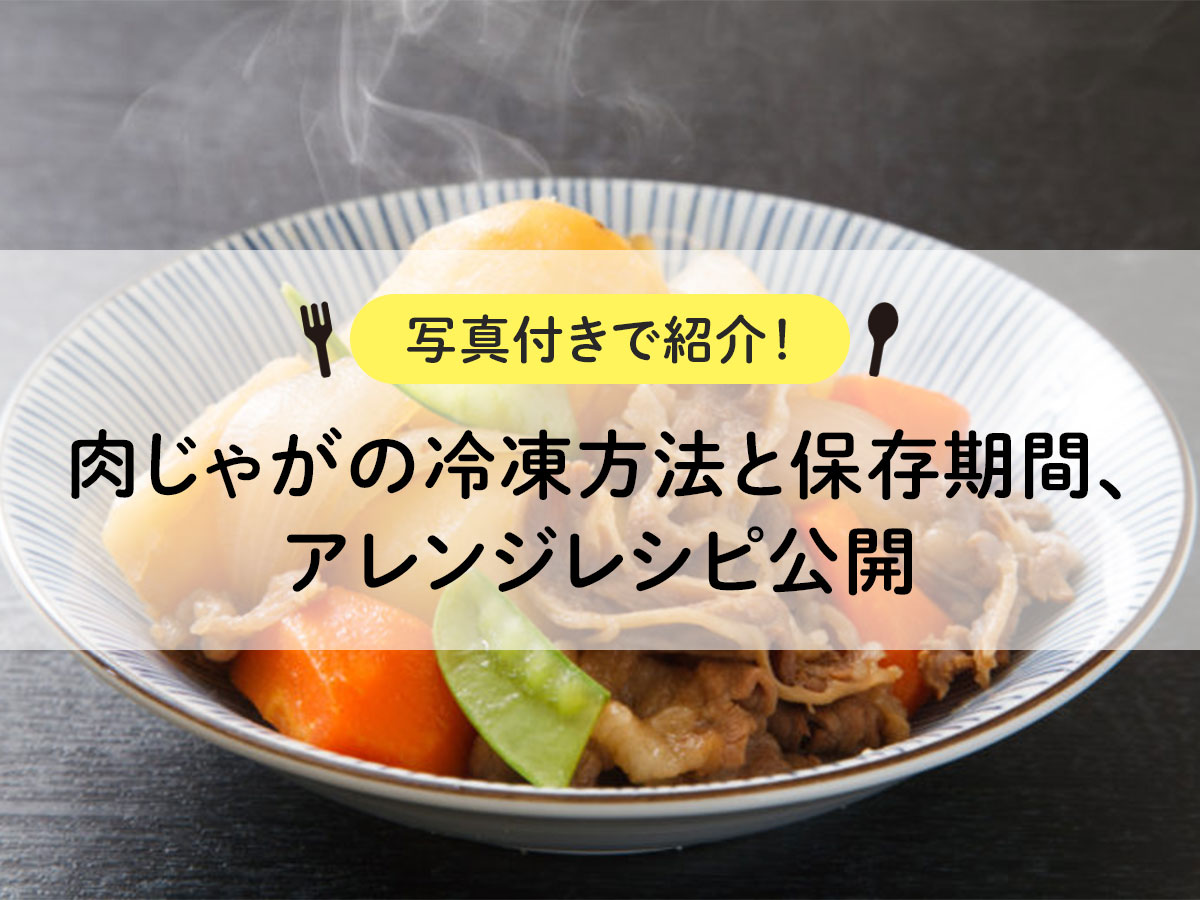
![[Osechi remake dishes too! ] Introducing the method and recipe for freezing black beans](https://shunkashutou.com/wp-content/uploads/2023/09/9bcd5b0667eef32b7c7daf786e01172f.jpg)
![[Explanation with photos! ] How to freeze hijiki and its storage period, 5 recipes!](https://shunkashutou.com/wp-content/uploads/2023/09/ff6bdc527dd066b7d725a48161d7925d.jpg)
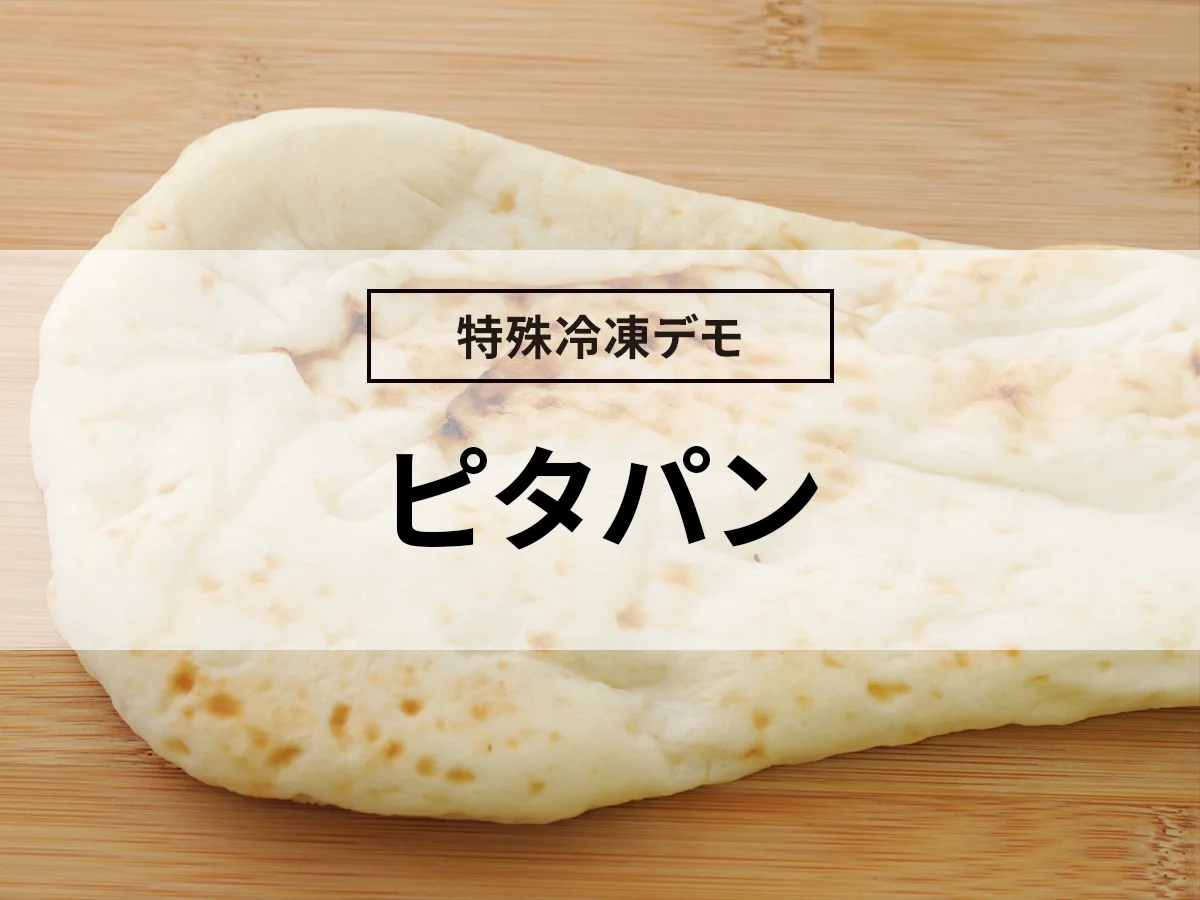
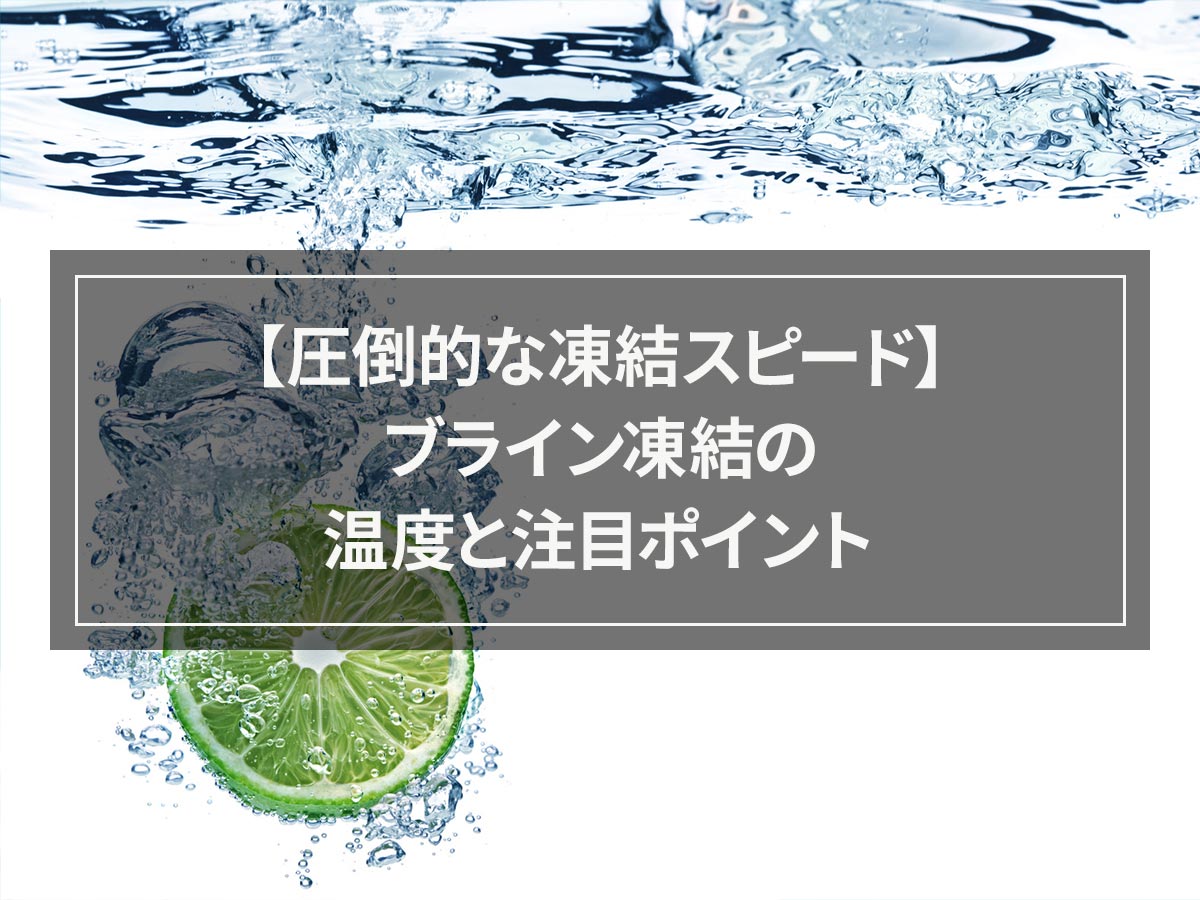
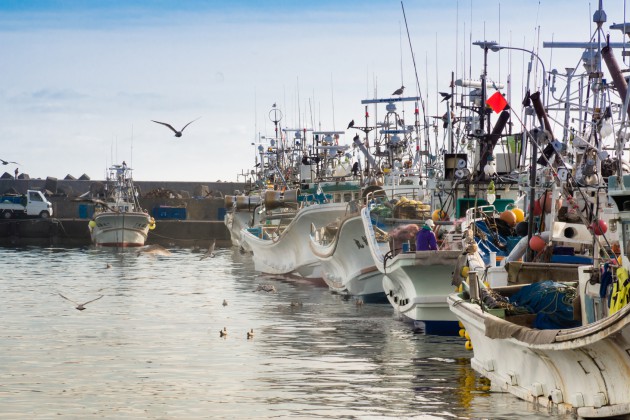
![[Achieving low cost and high quality] The problems of pubs can be solved with a quick freezer!](https://shunkashutou.com/wp-content/uploads/2016/02/11d55612344a4cbad2ad506ae700c81b.jpg)
![[For food manufacturers] What is the meaning of IQF freezing and what is rapid freezer required for it?](https://shunkashutou.com/wp-content/uploads/2017/03/40008d9f1a752dd006399fe1c4beda34.jpg)



